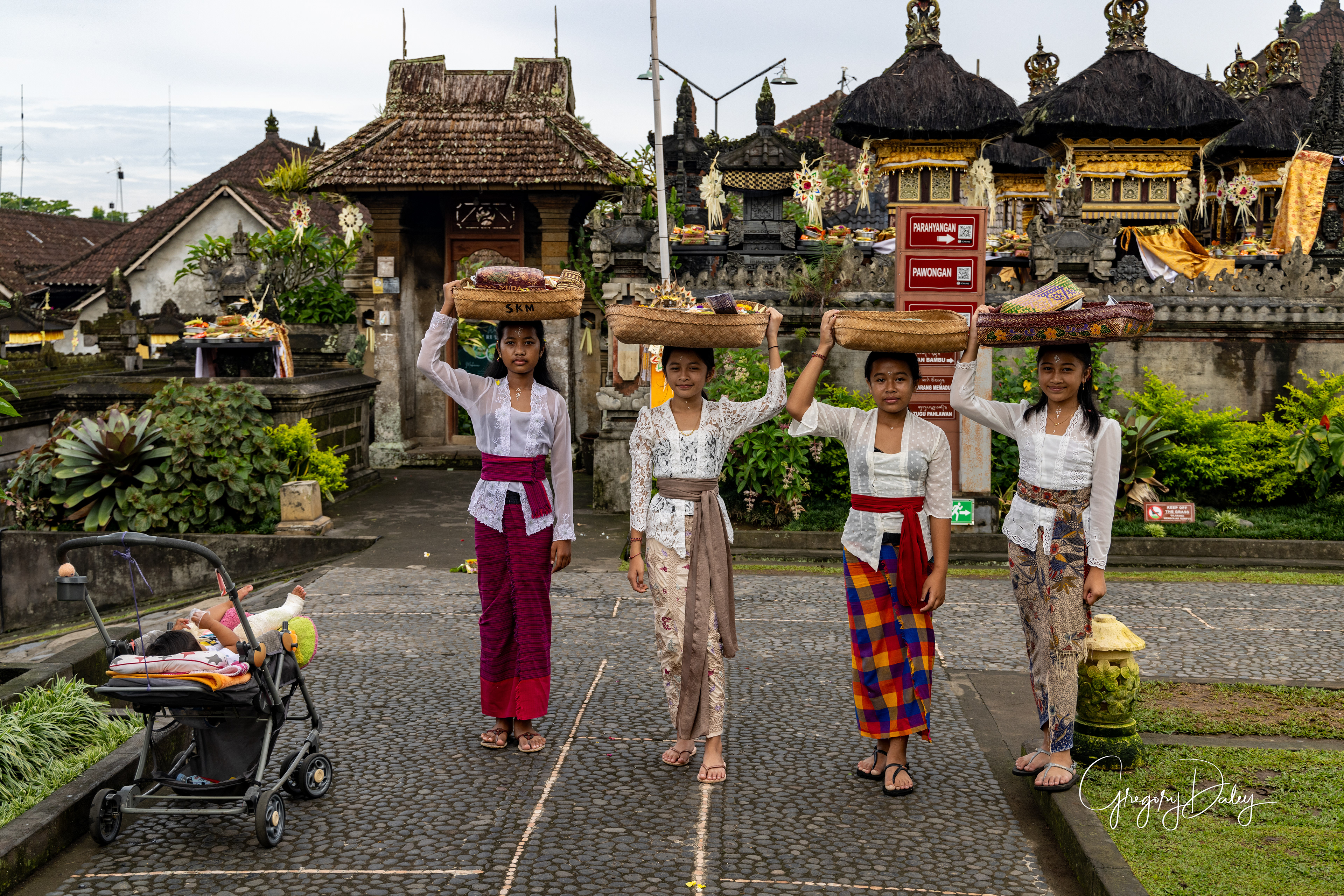

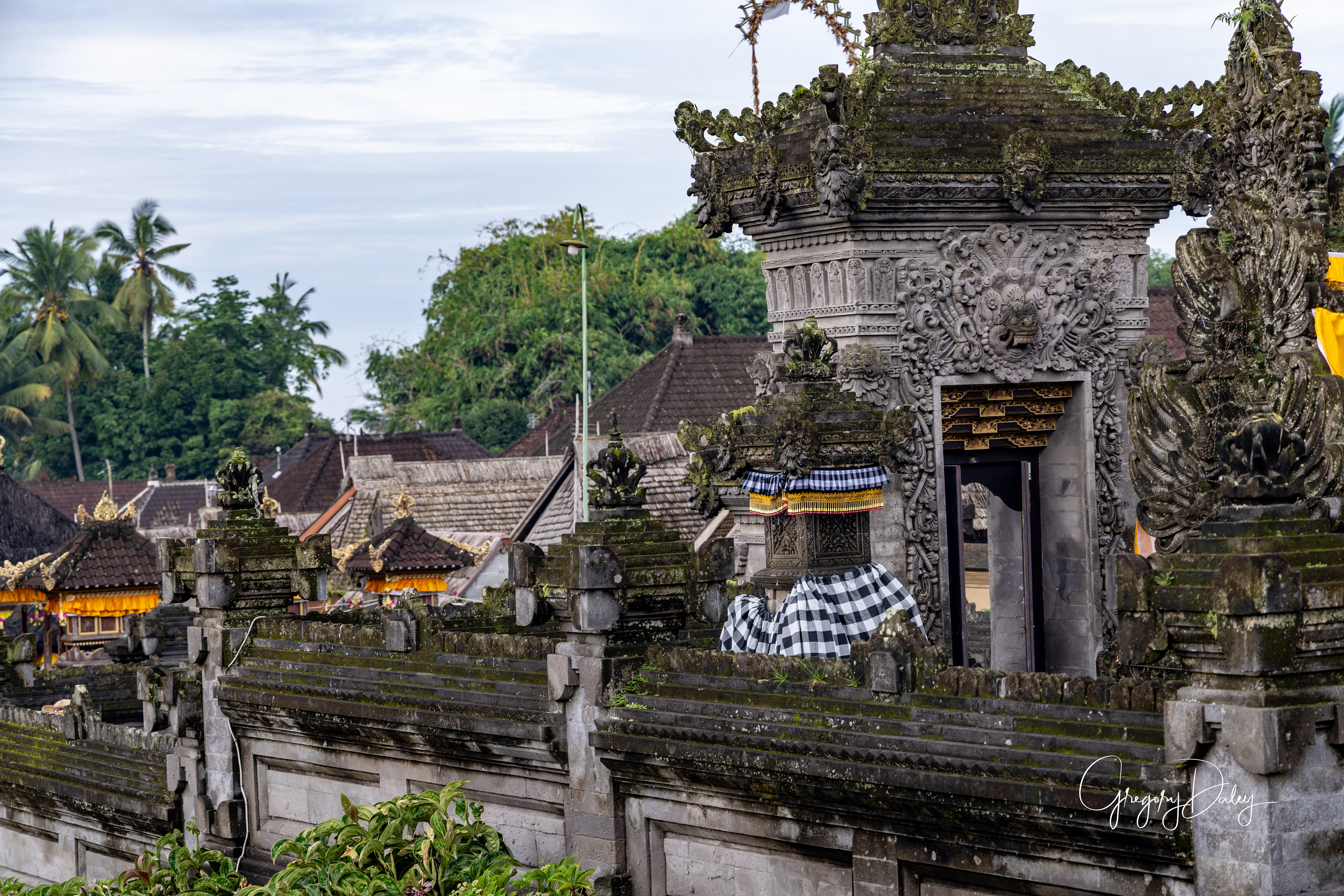

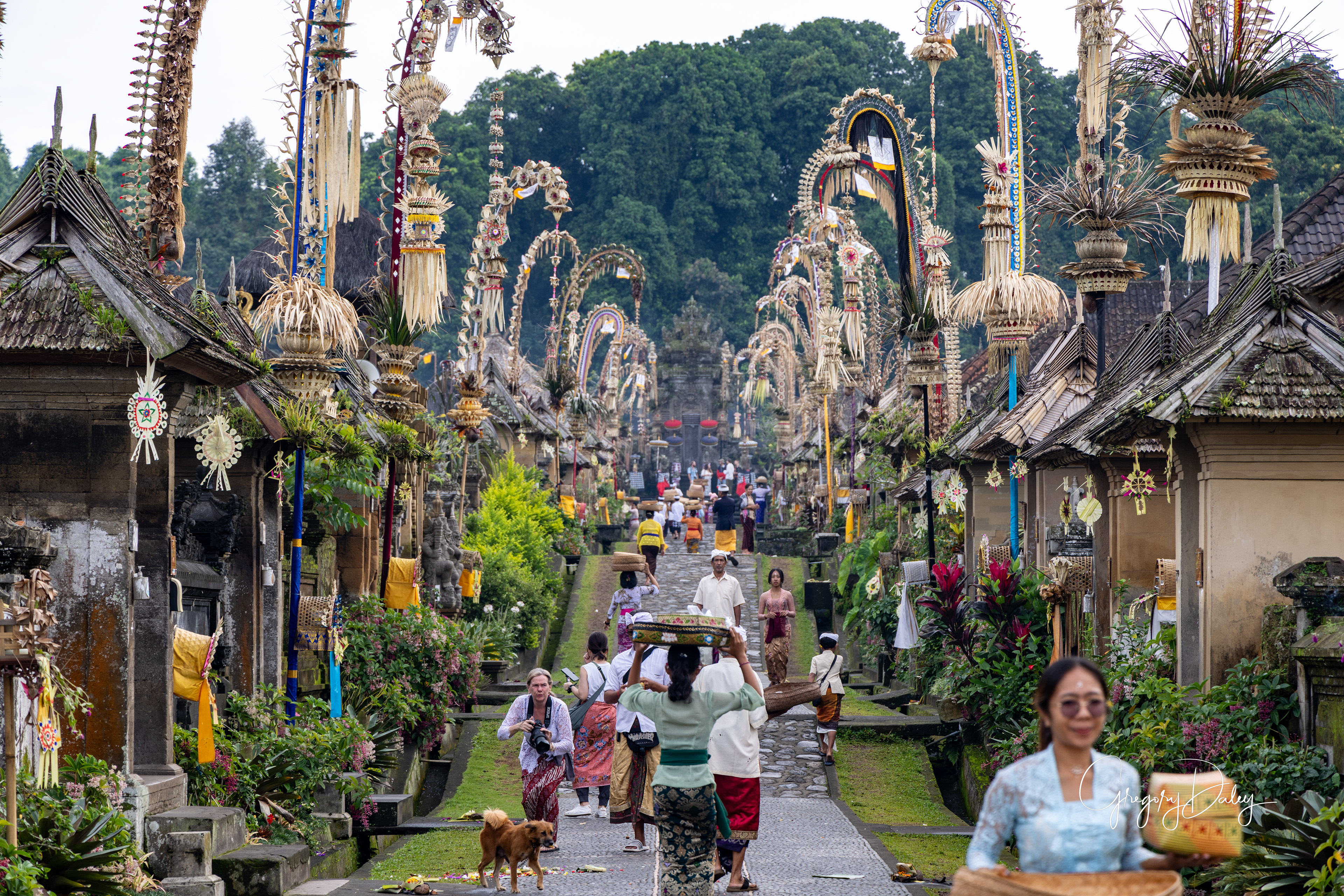
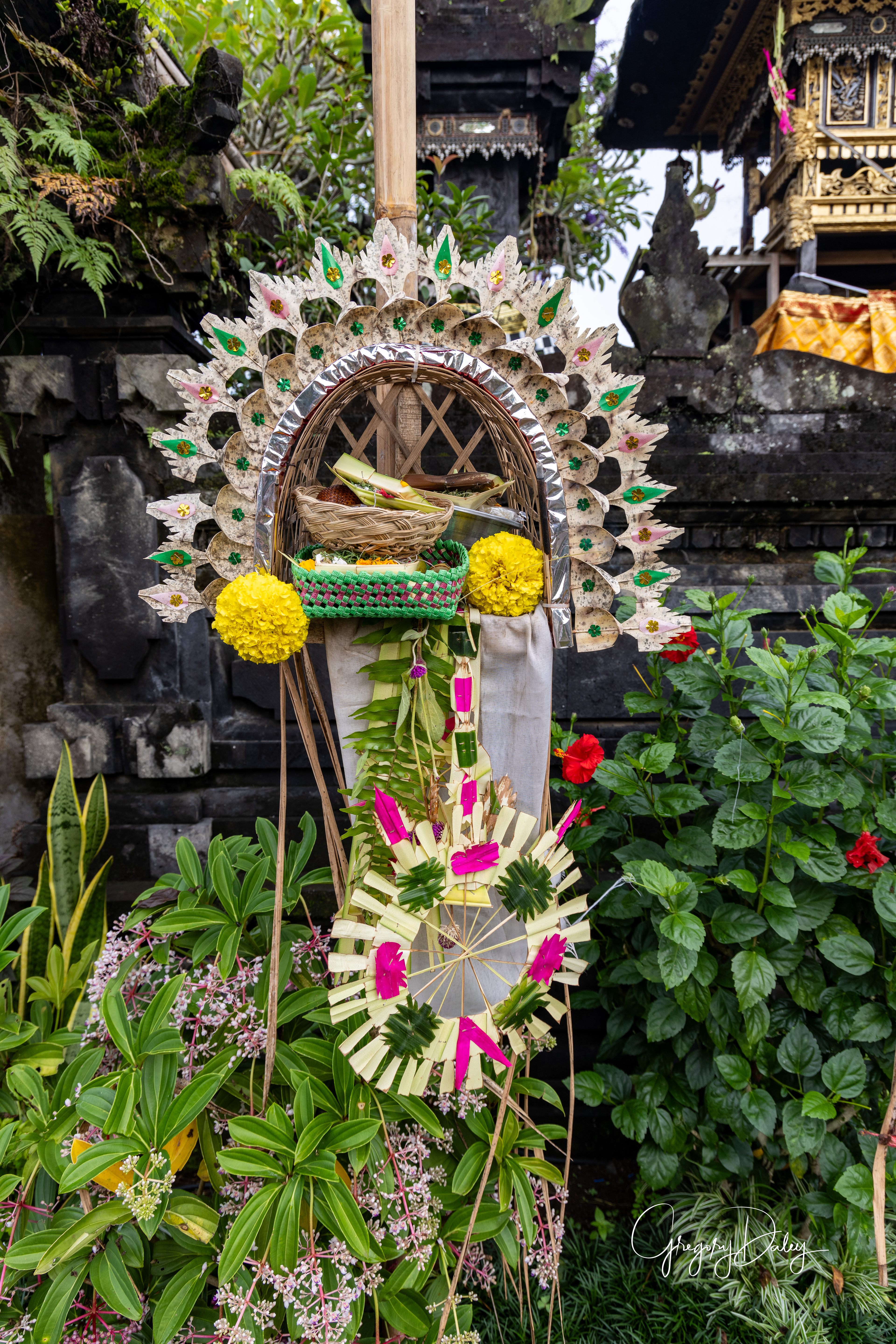
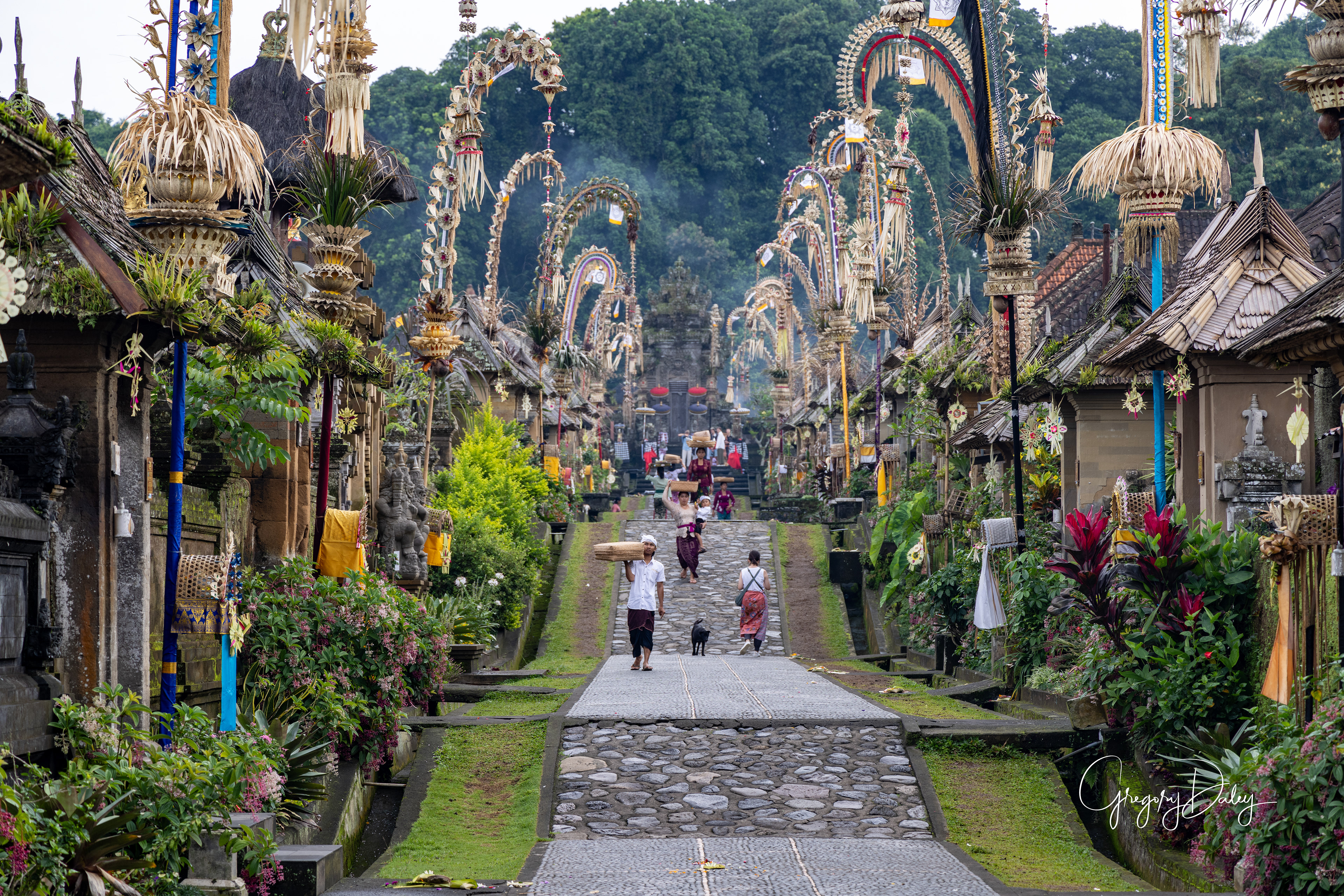

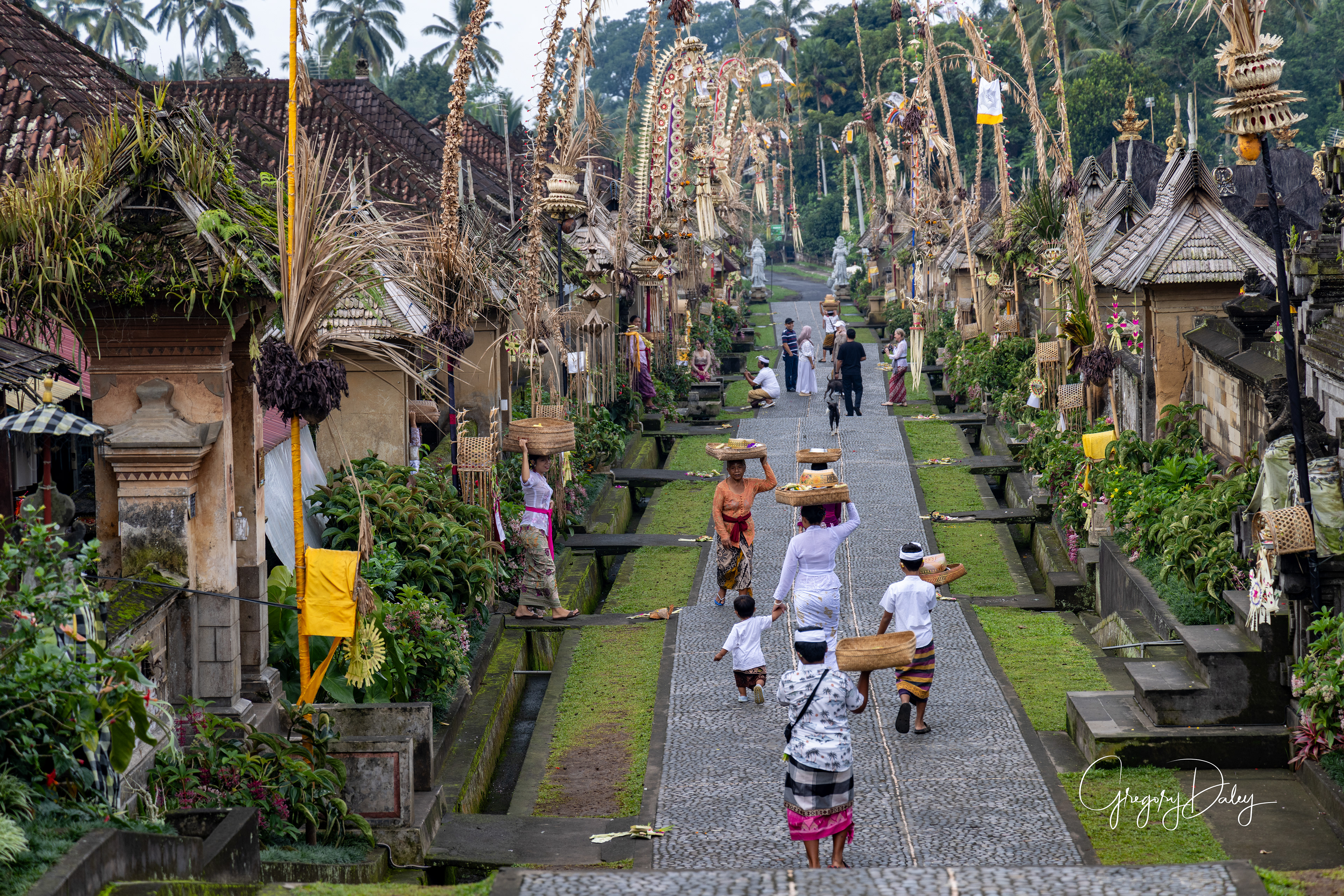


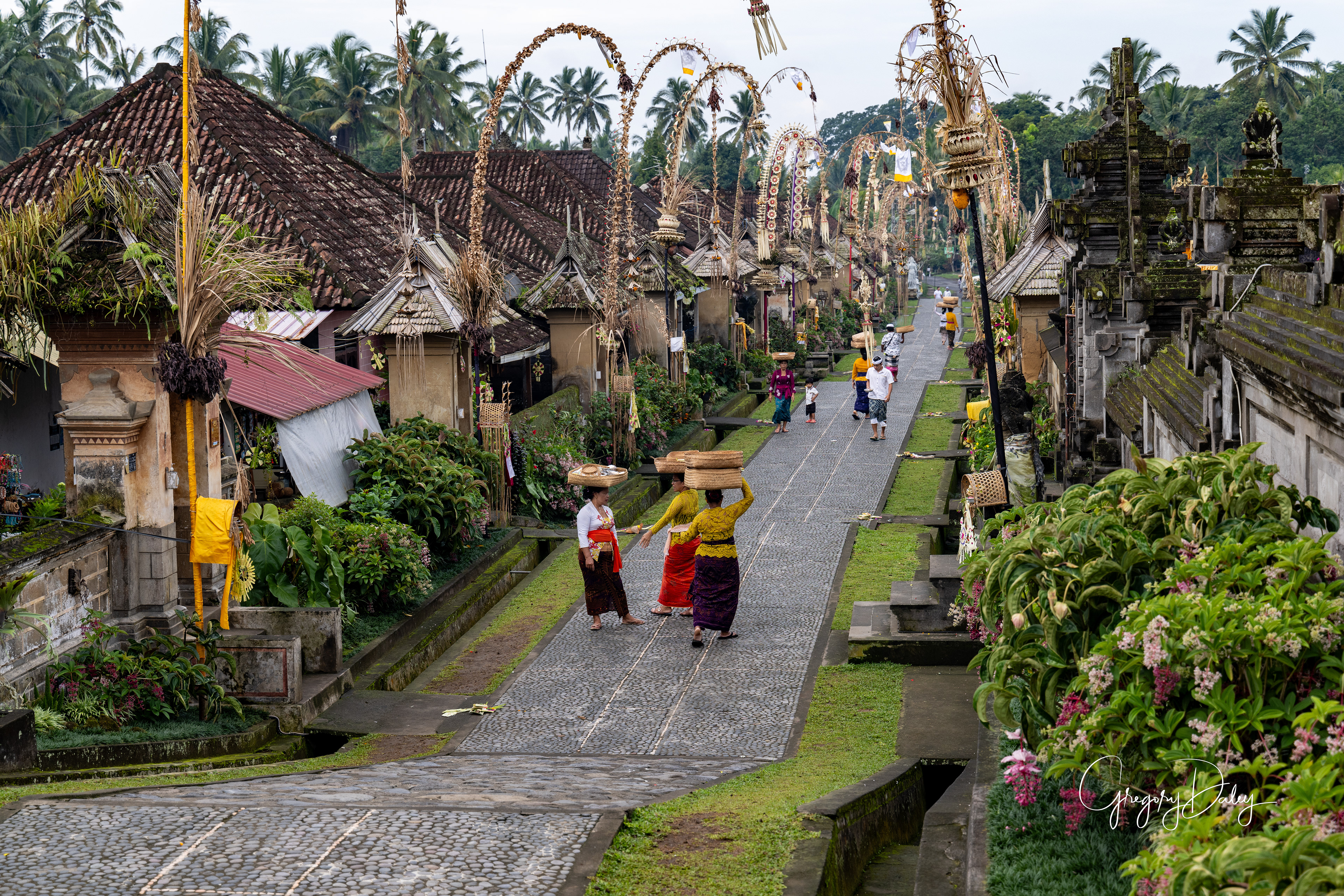
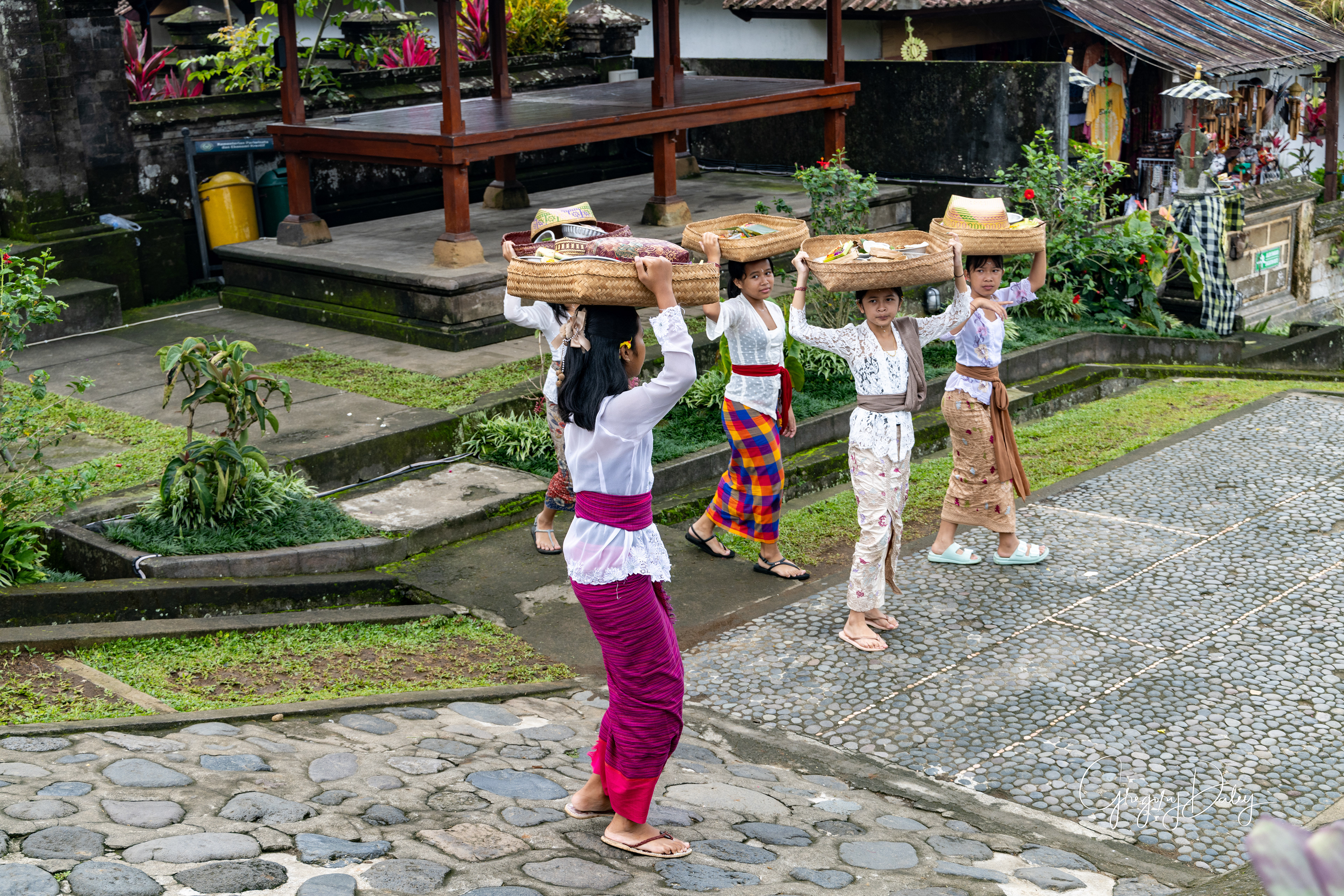

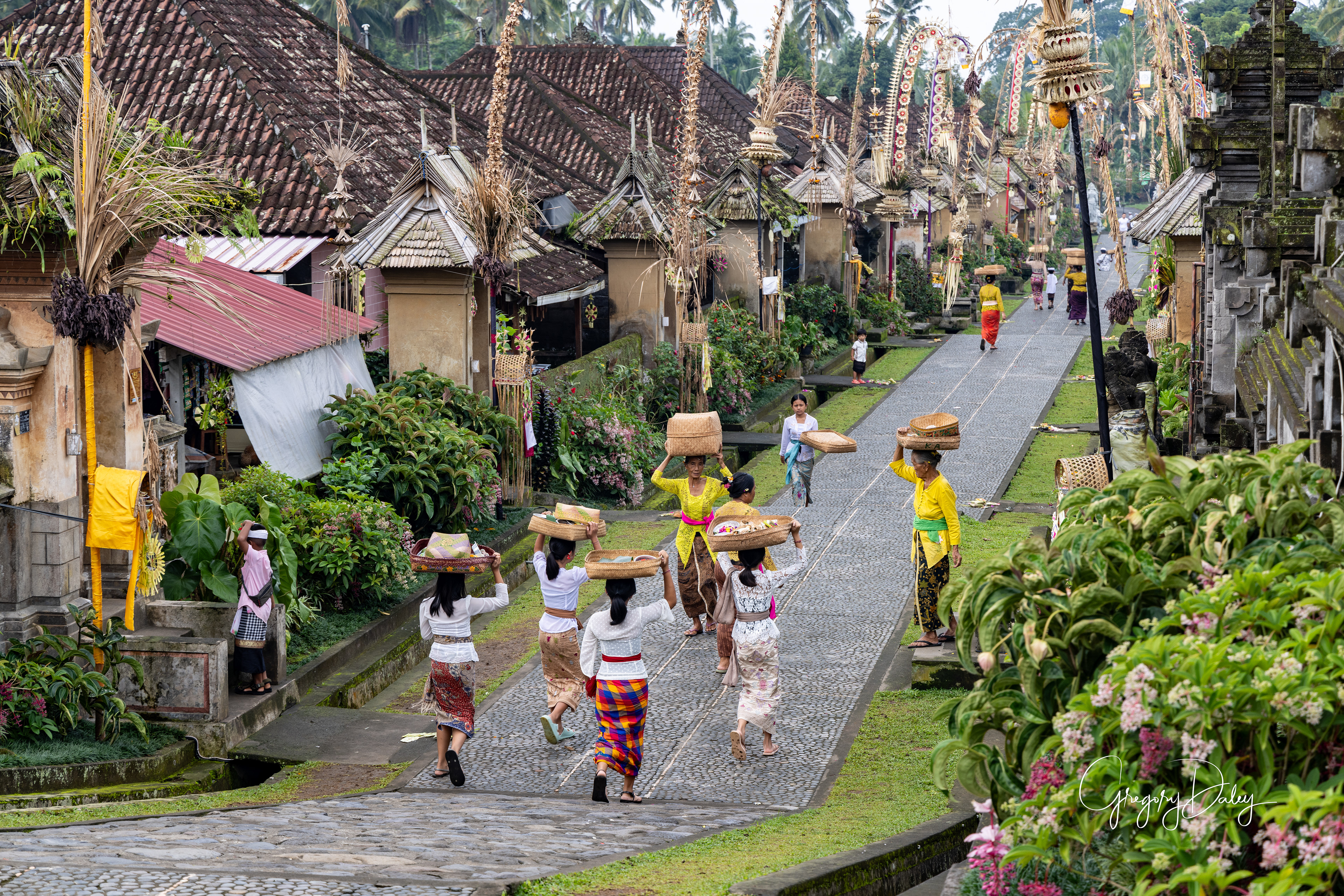

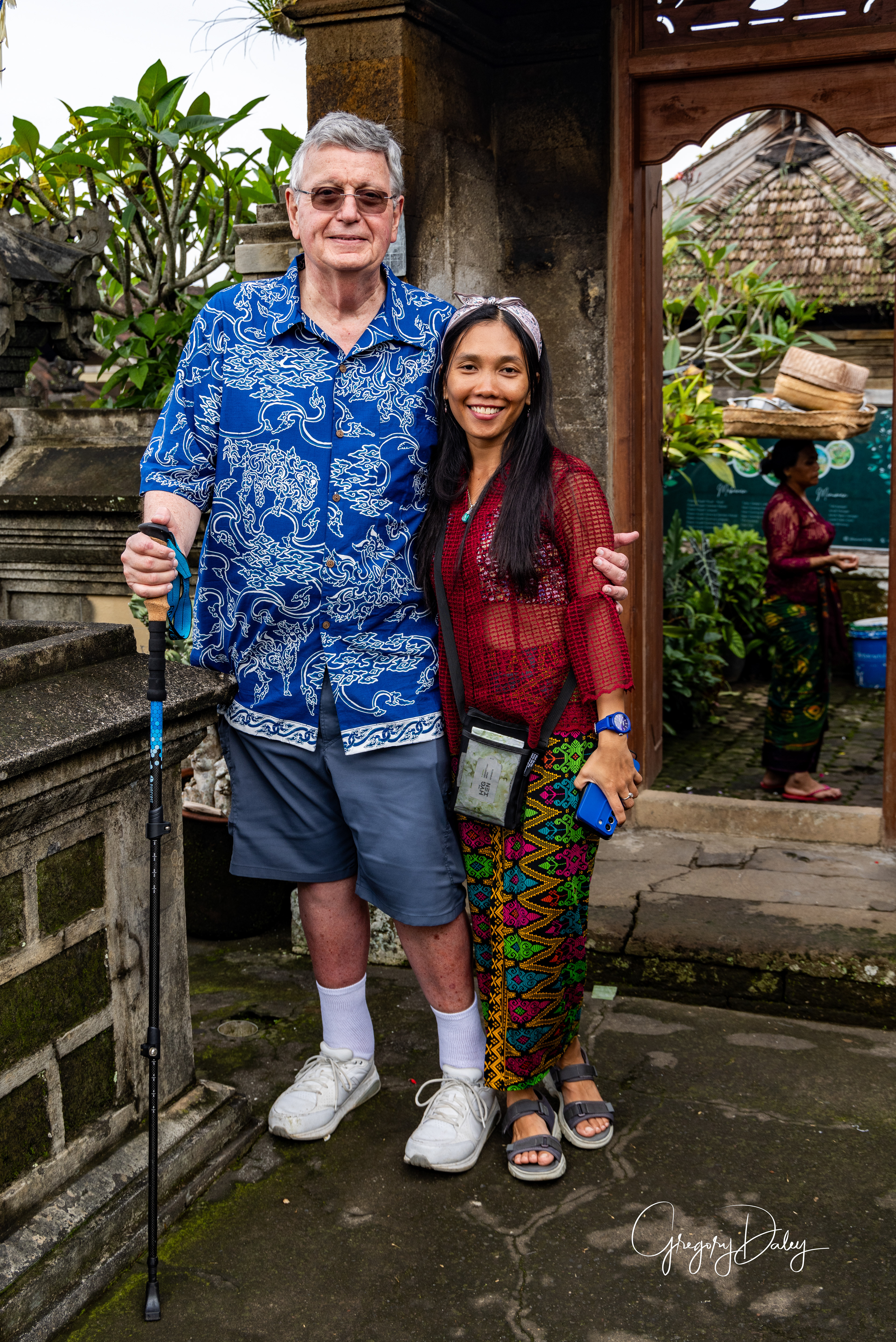


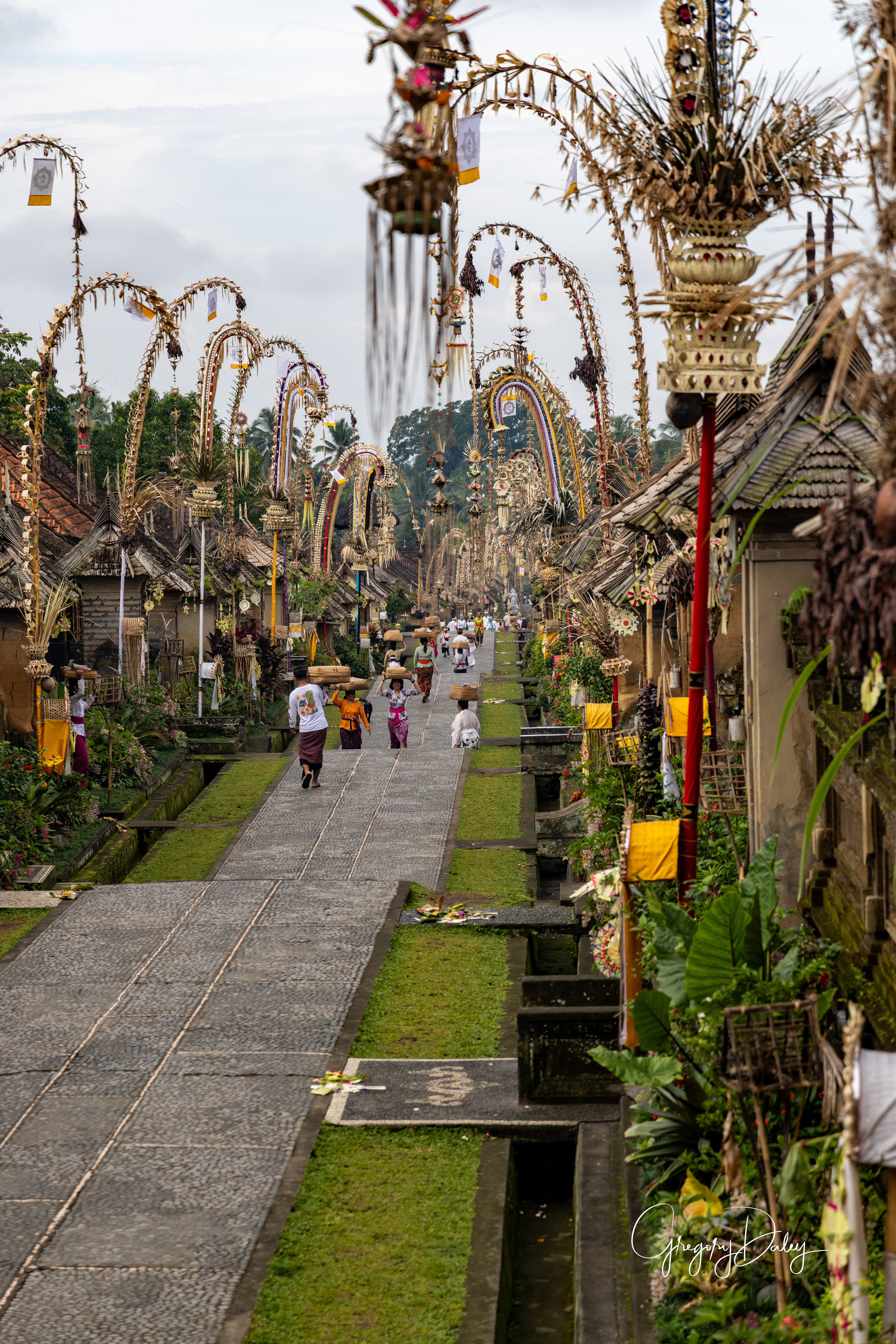

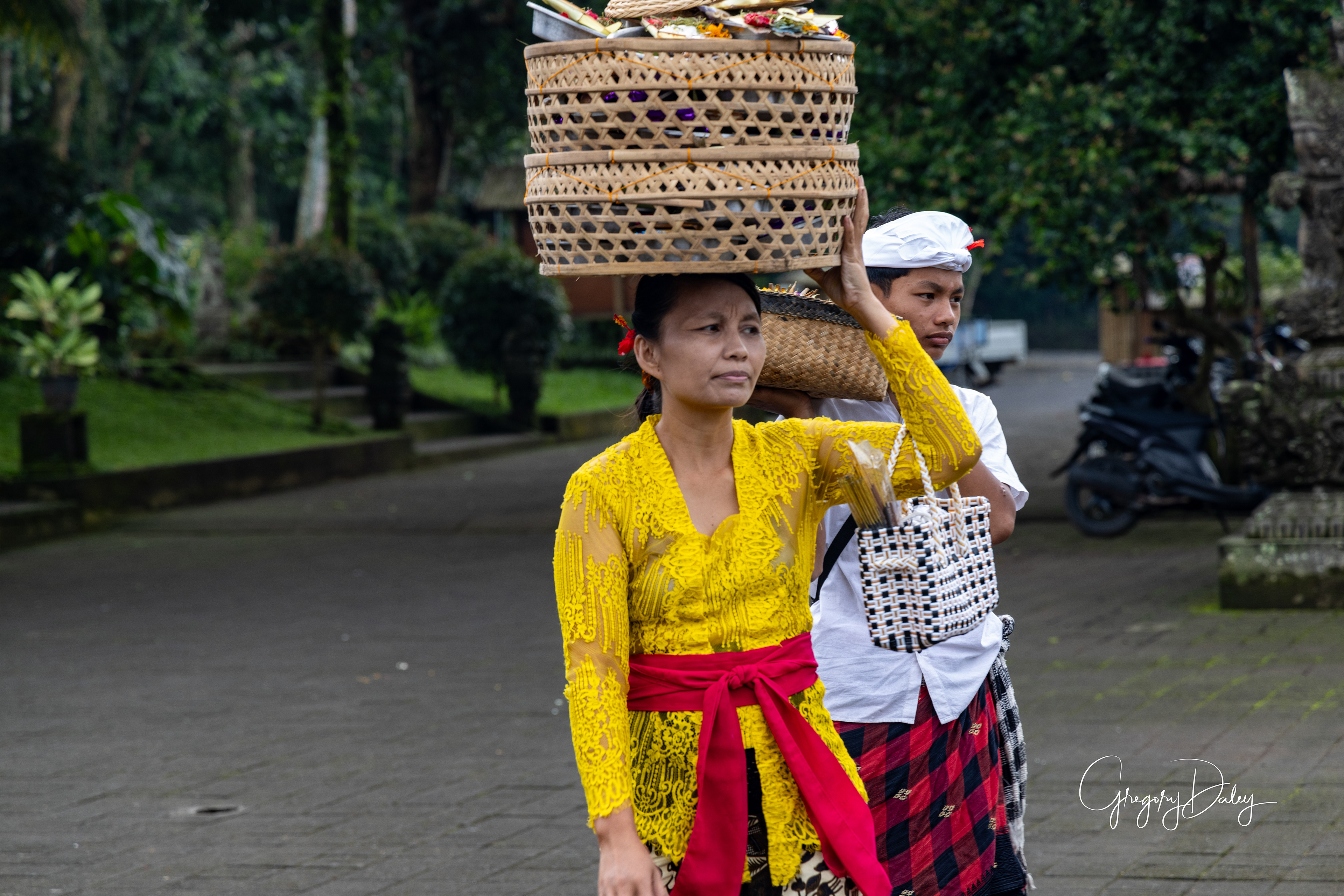
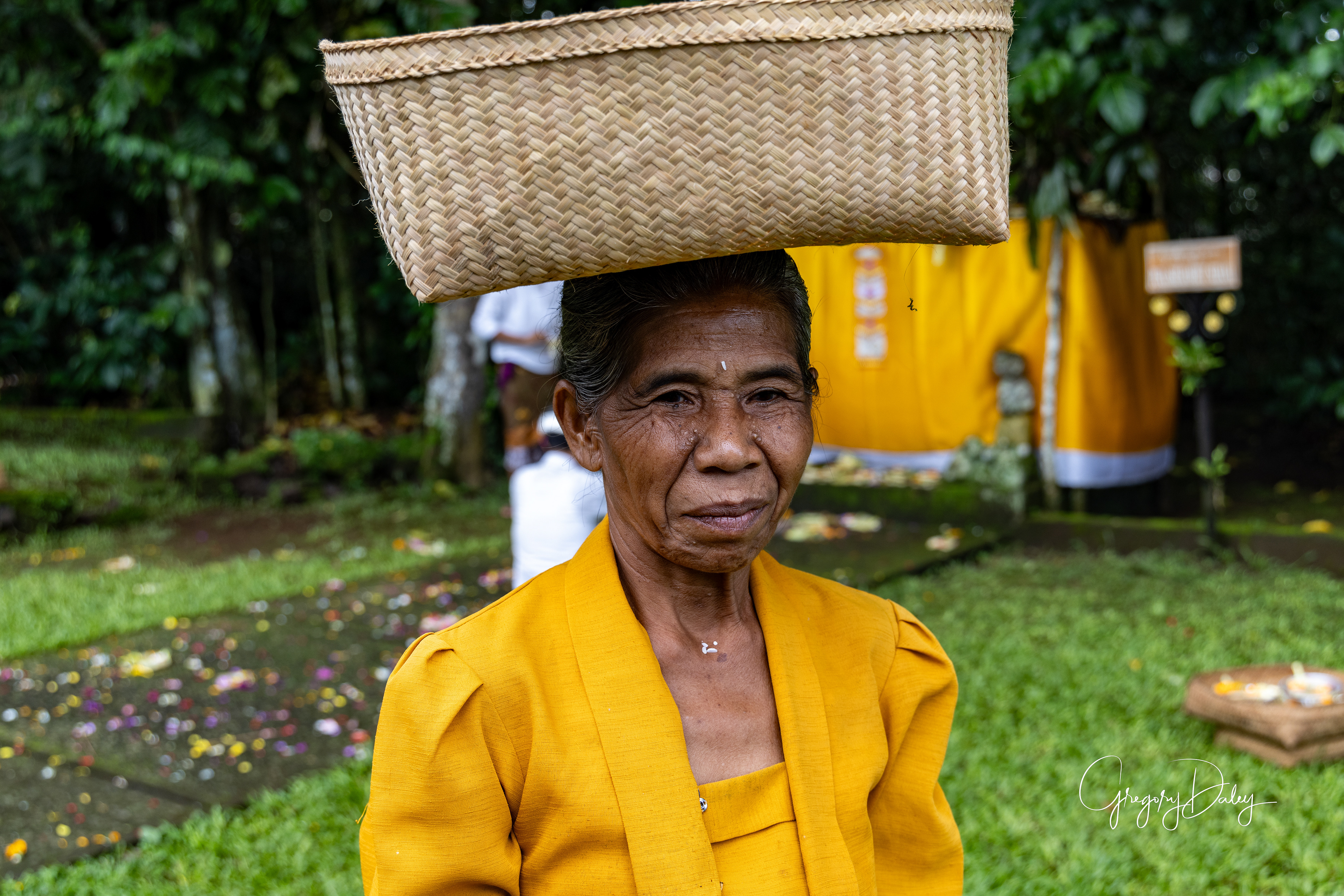
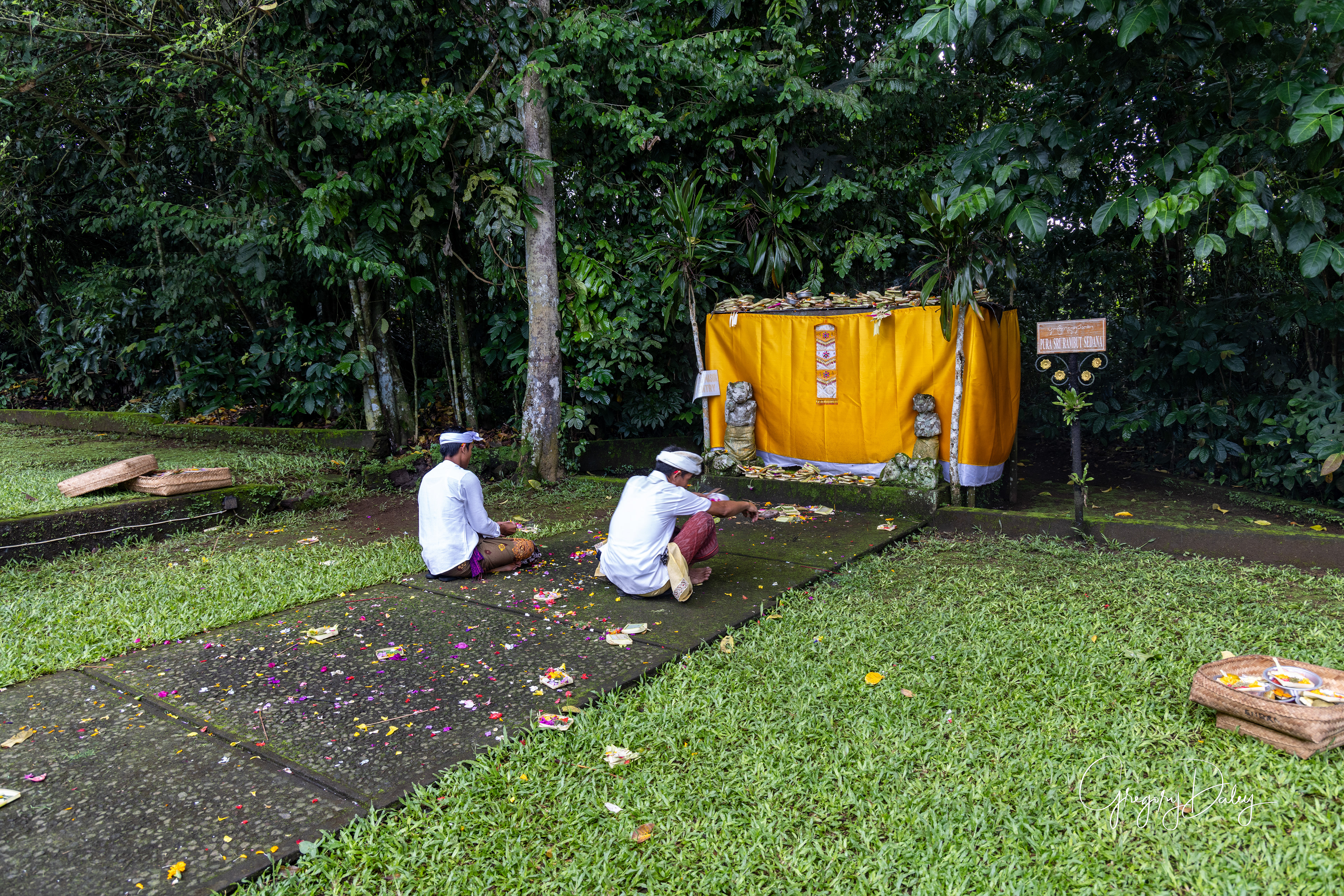


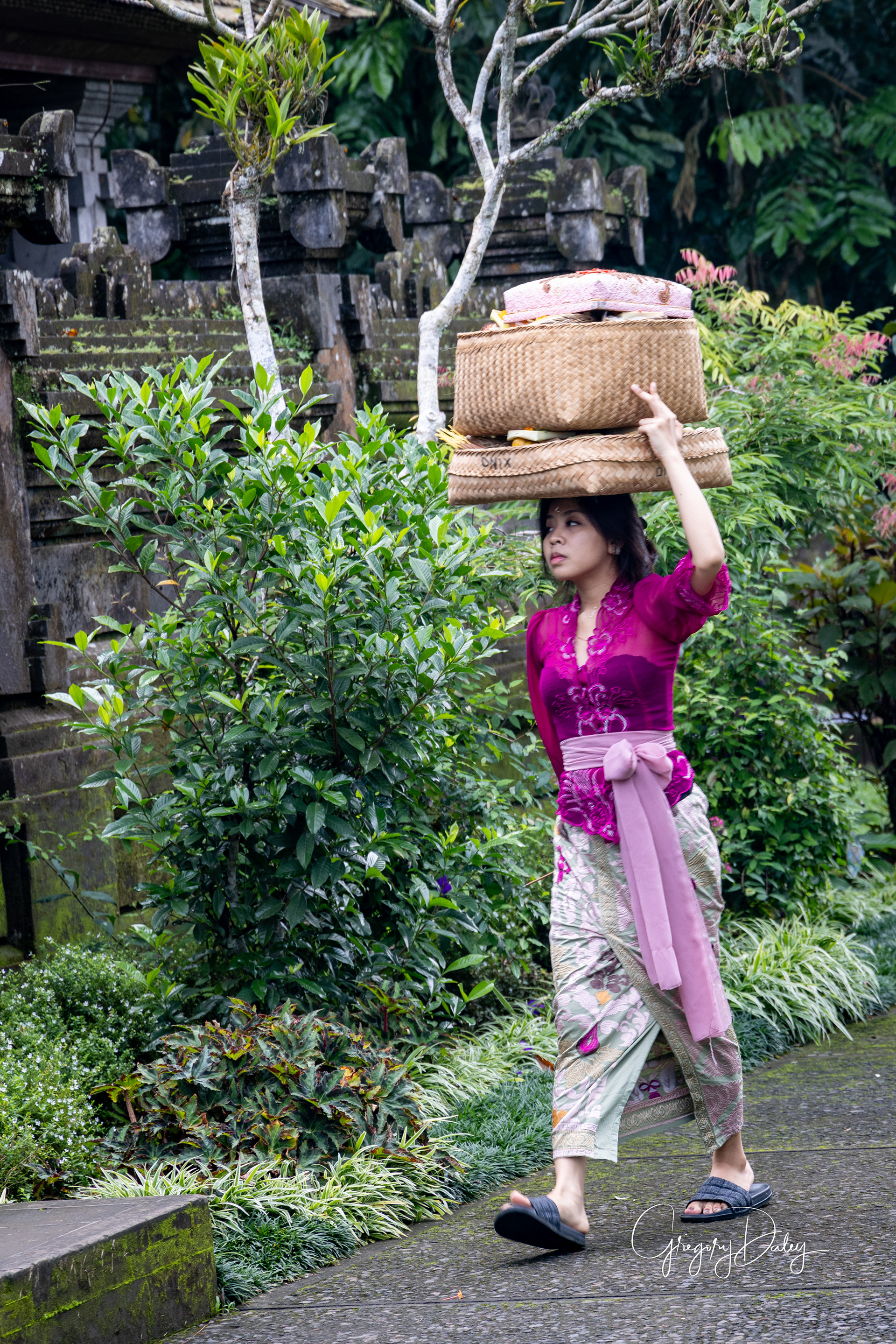
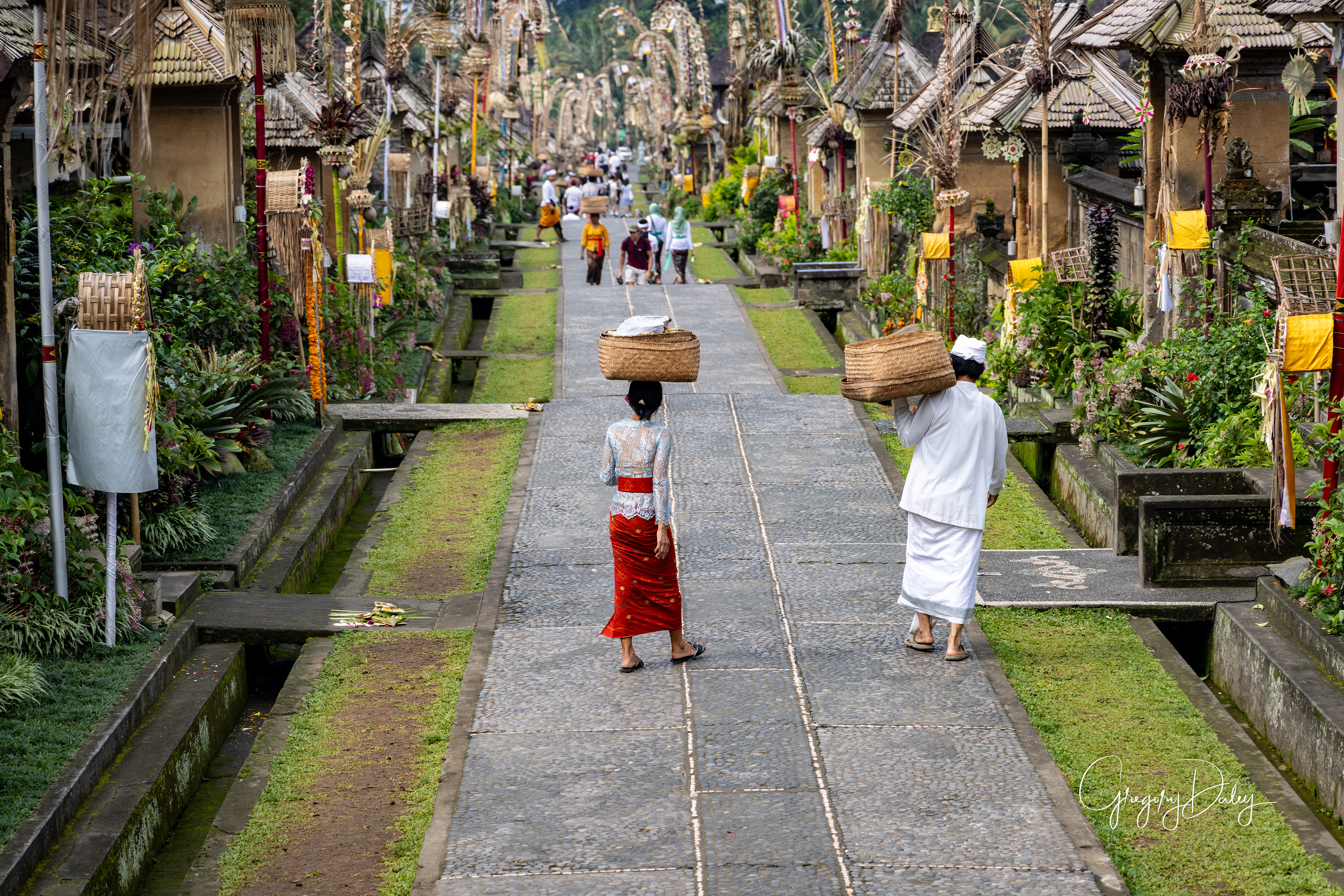
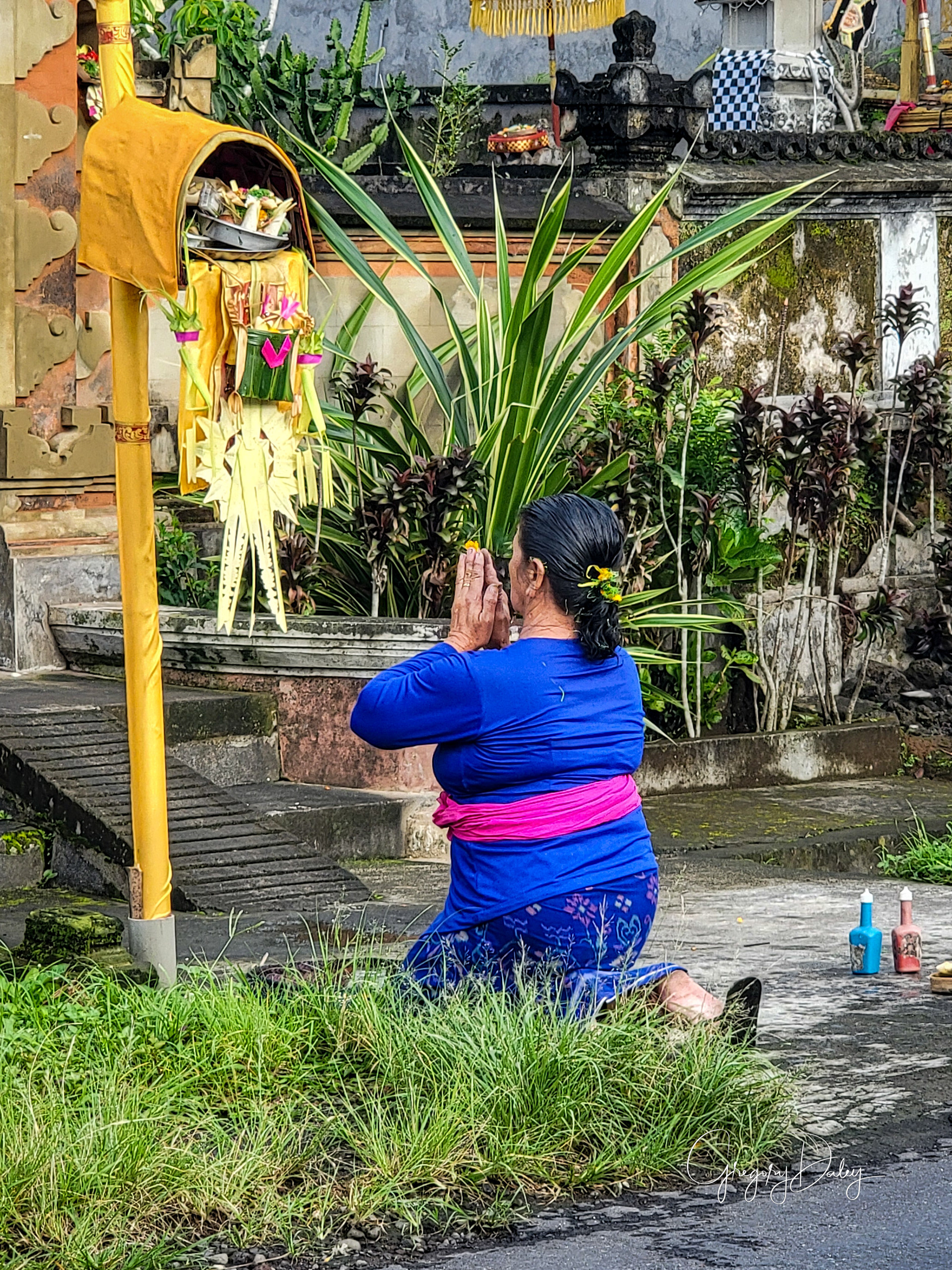

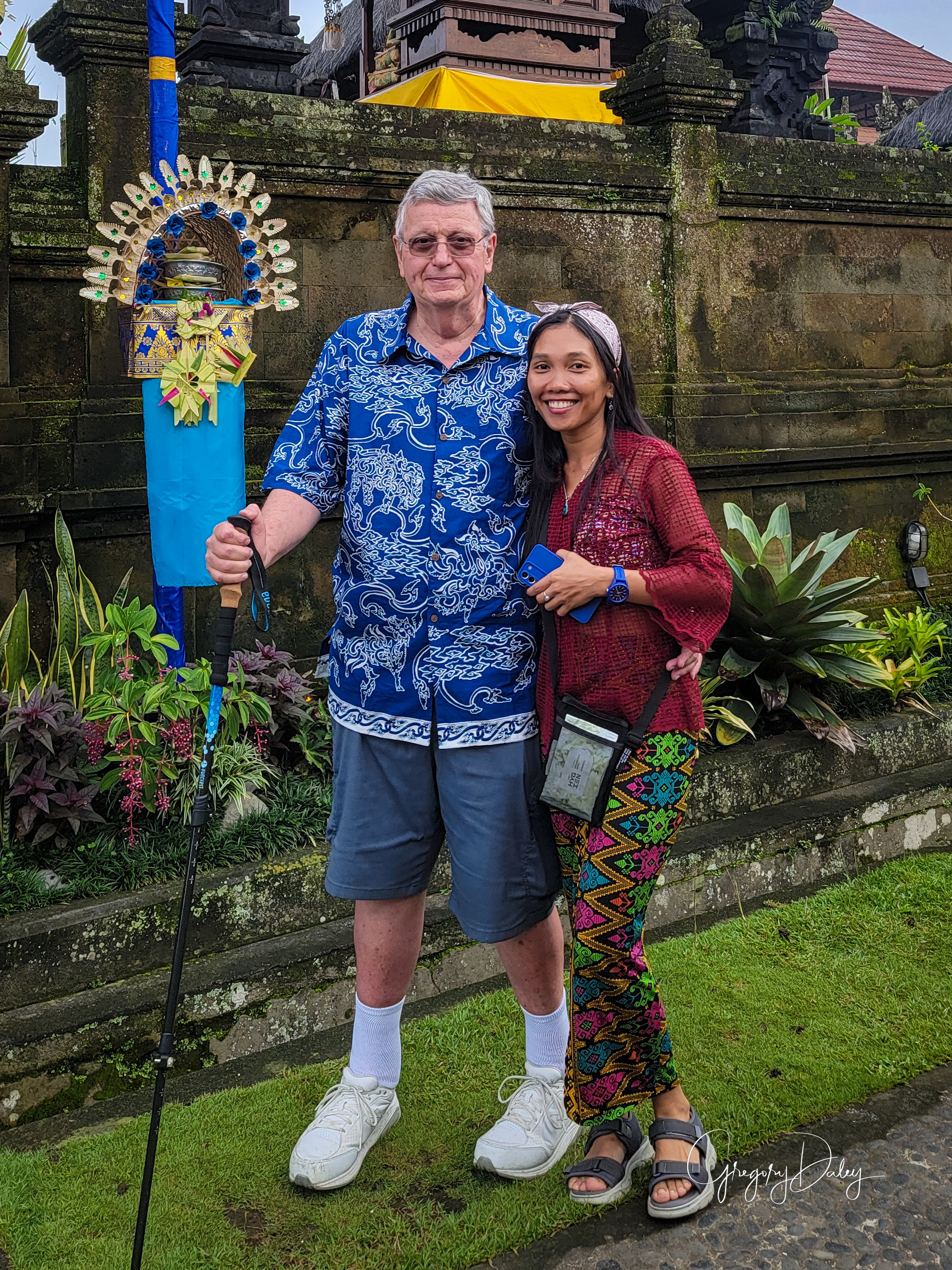
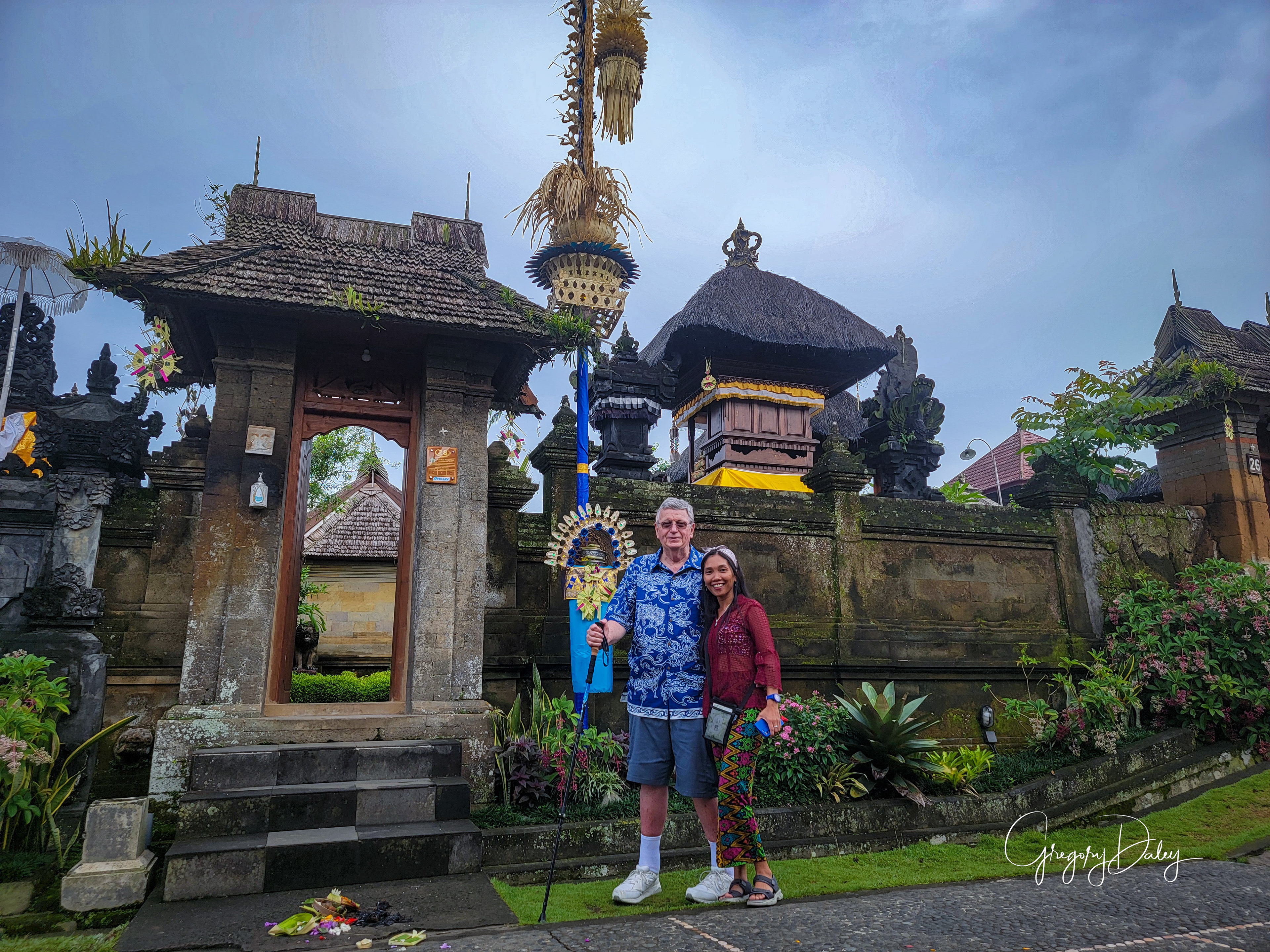
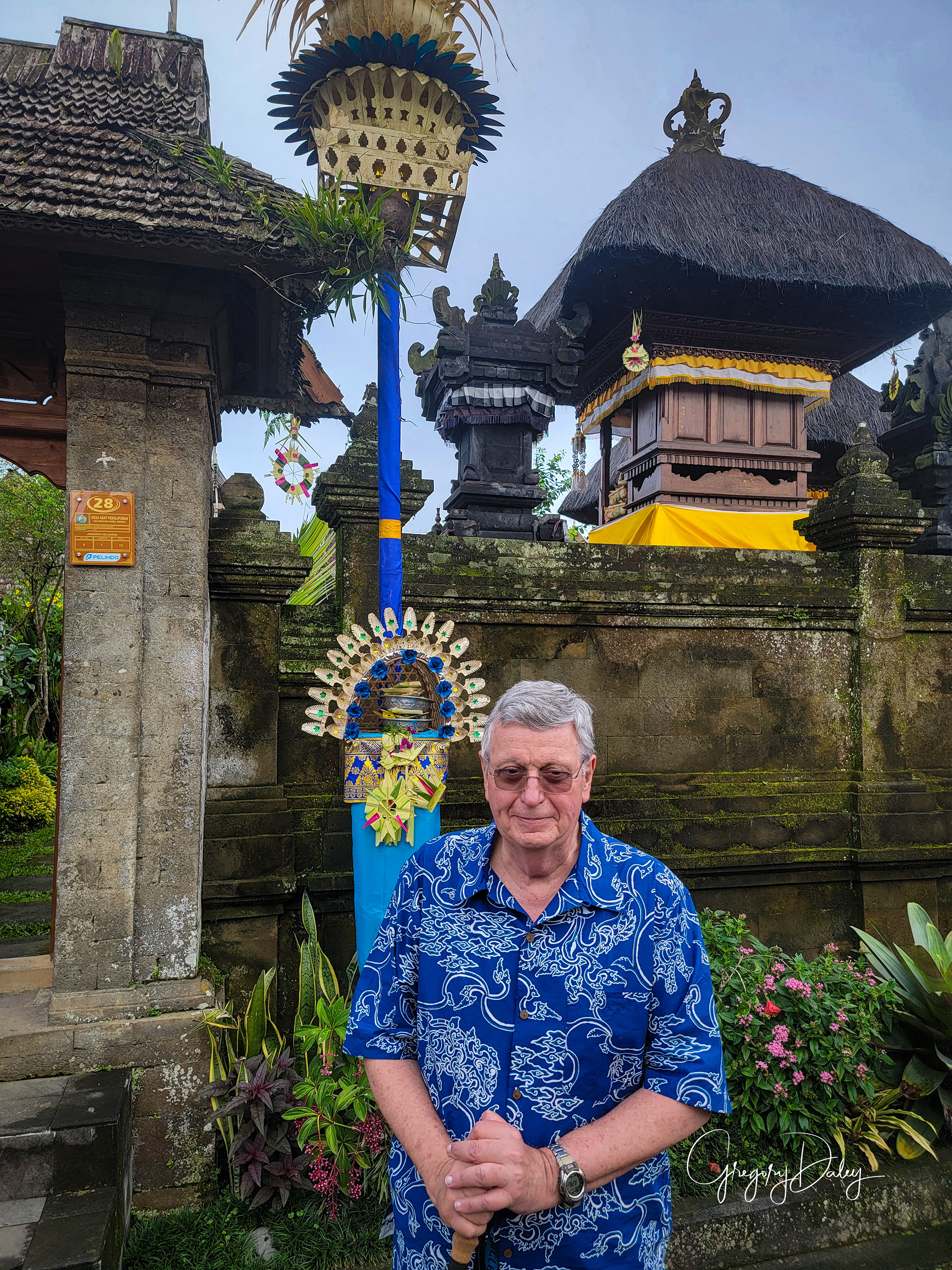





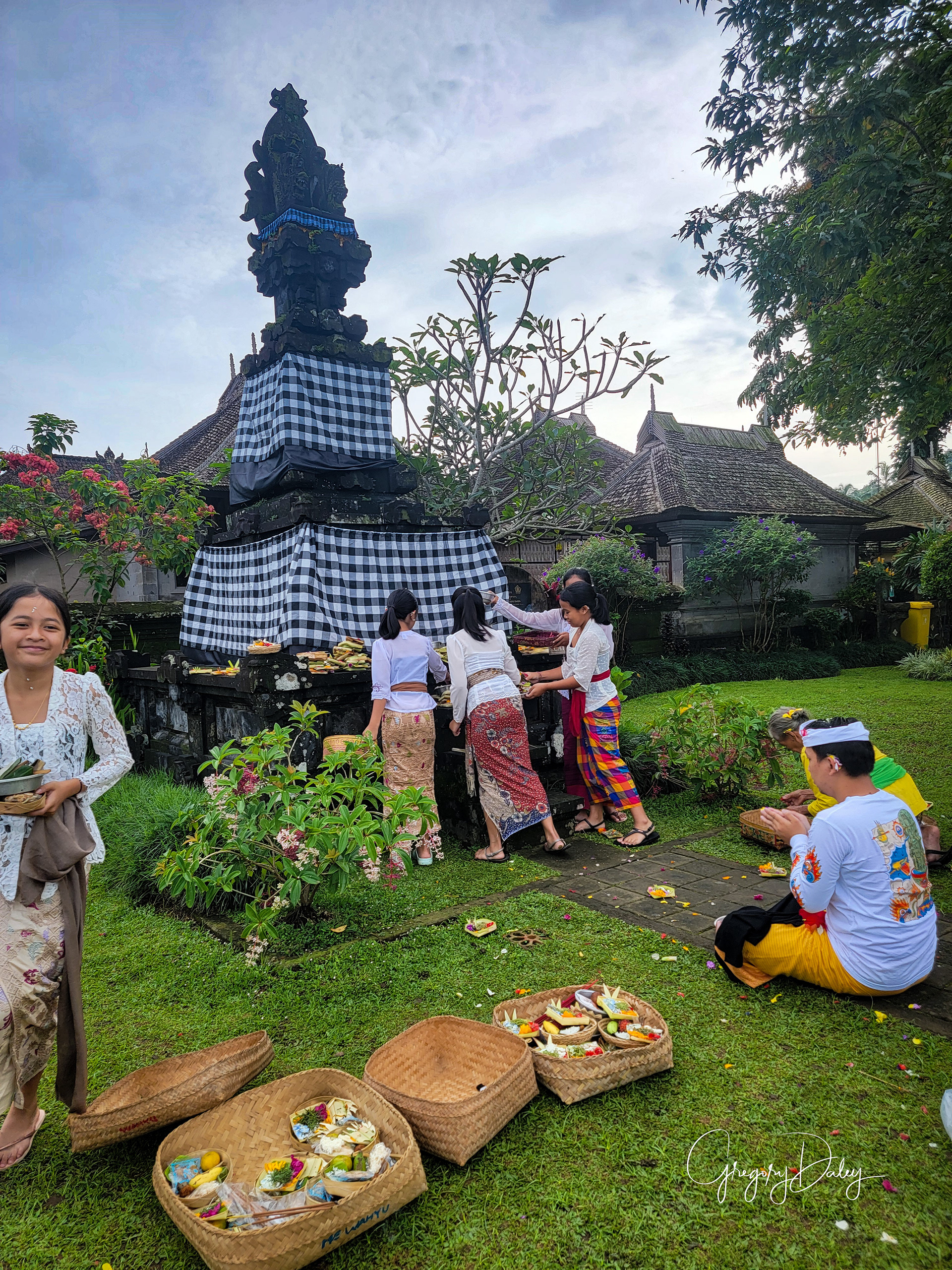


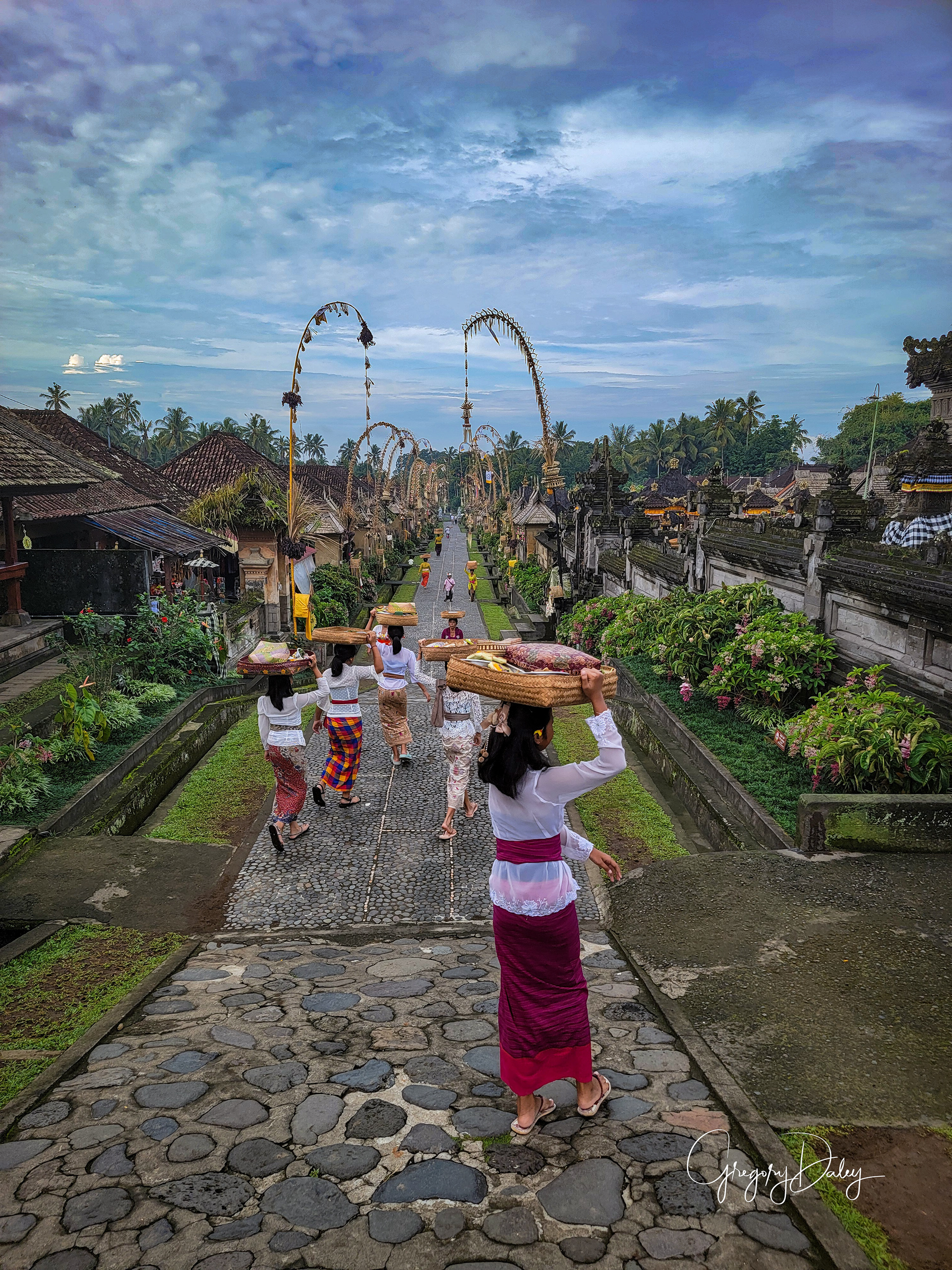


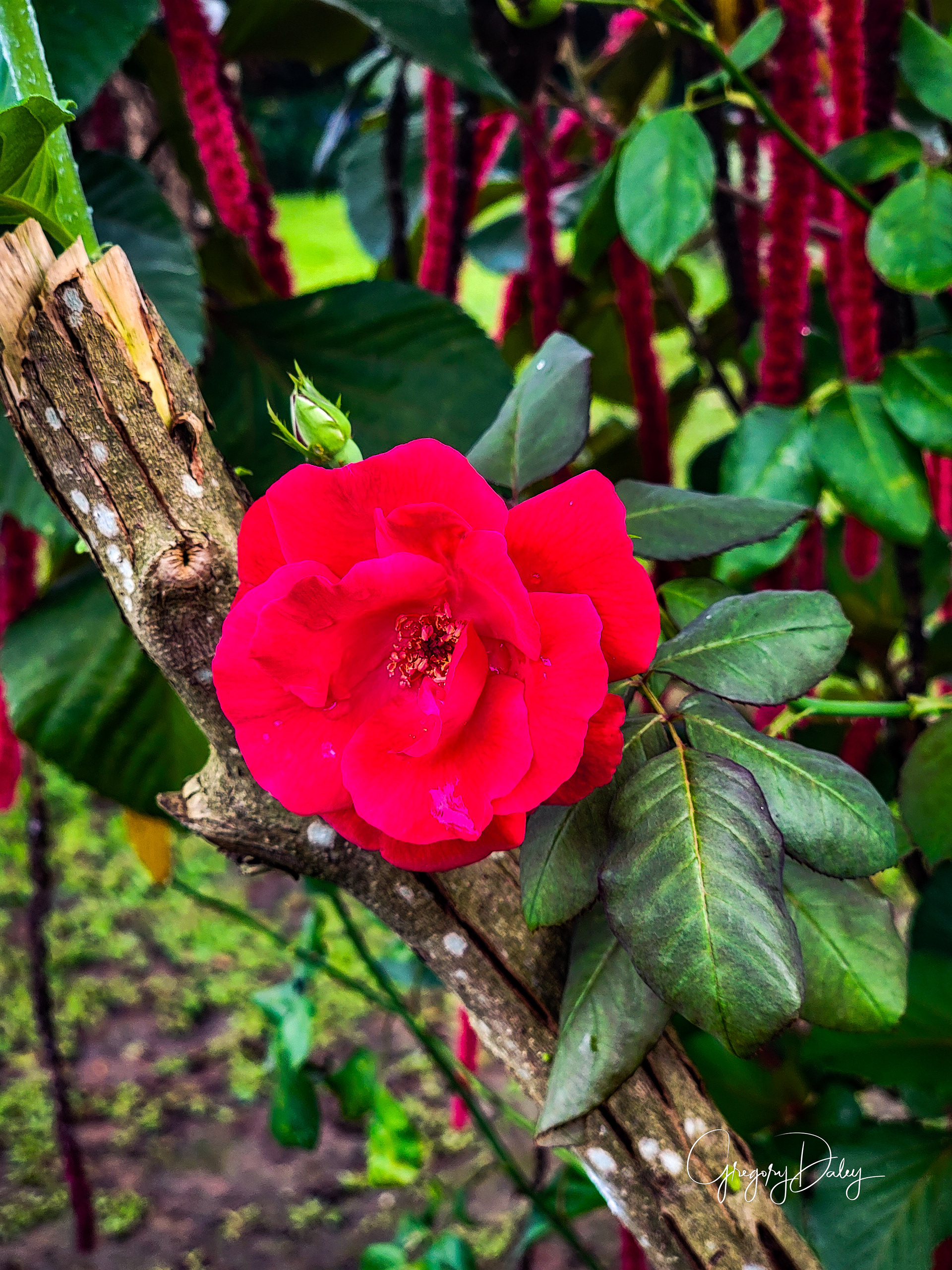

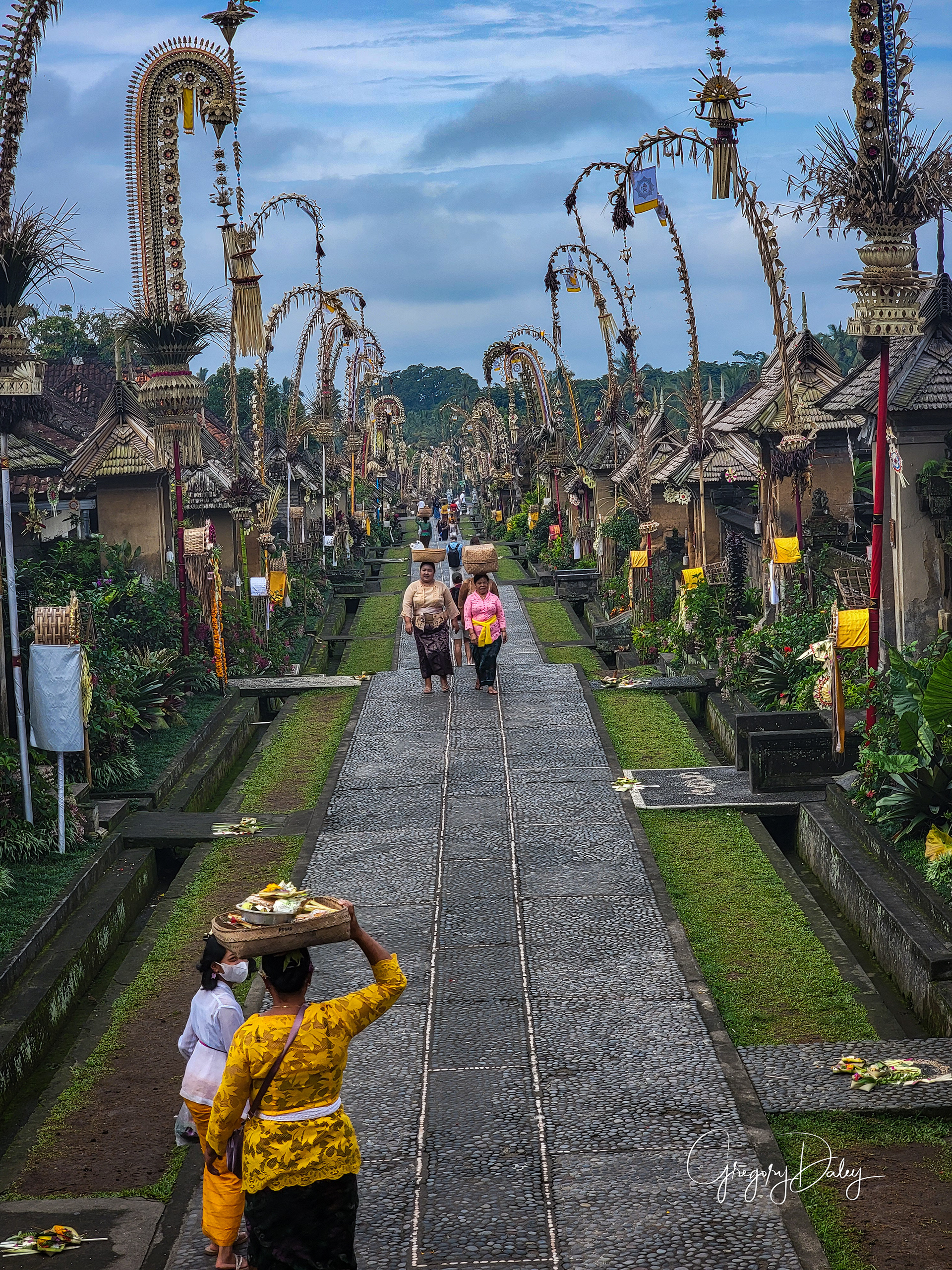
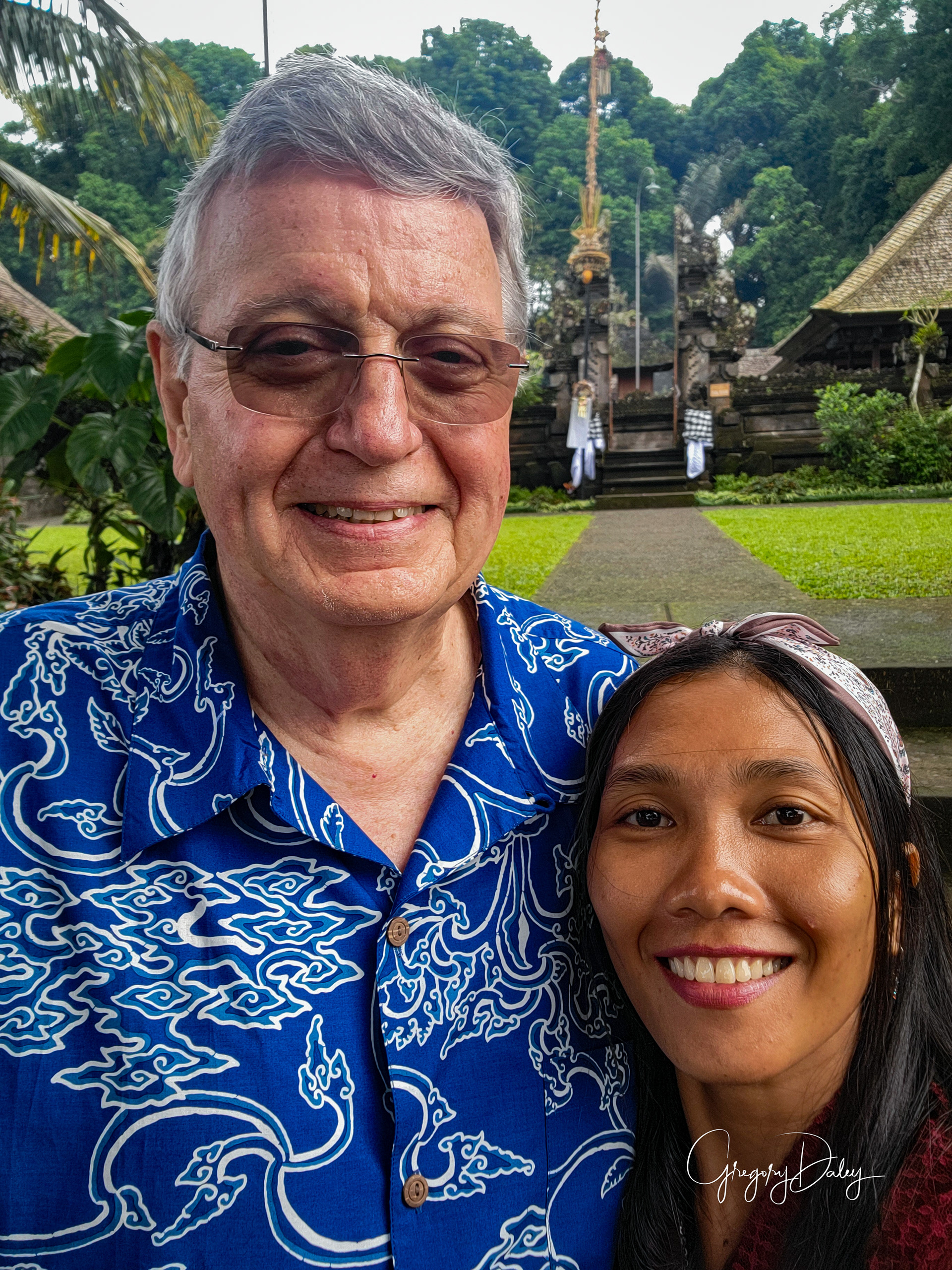

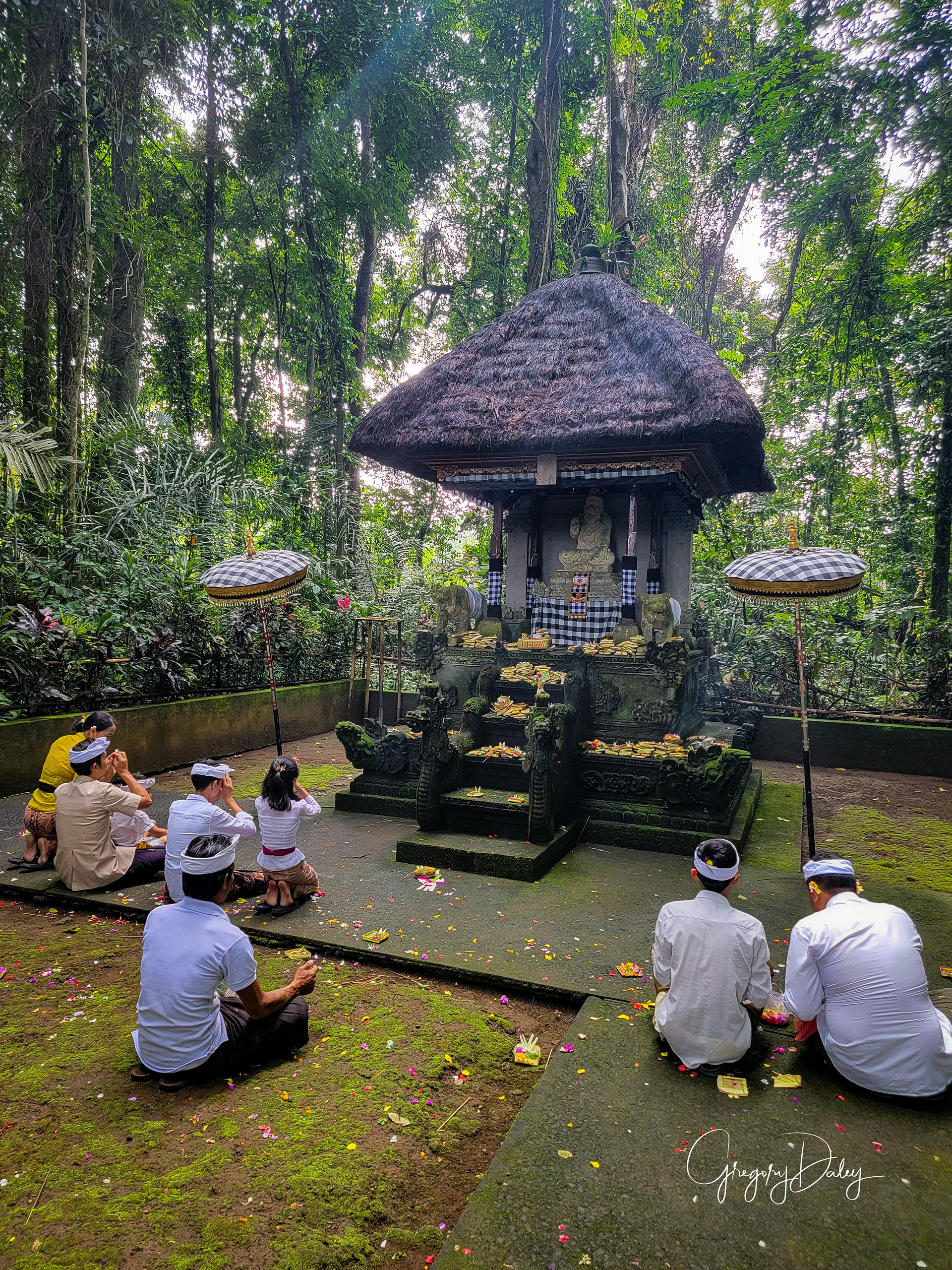
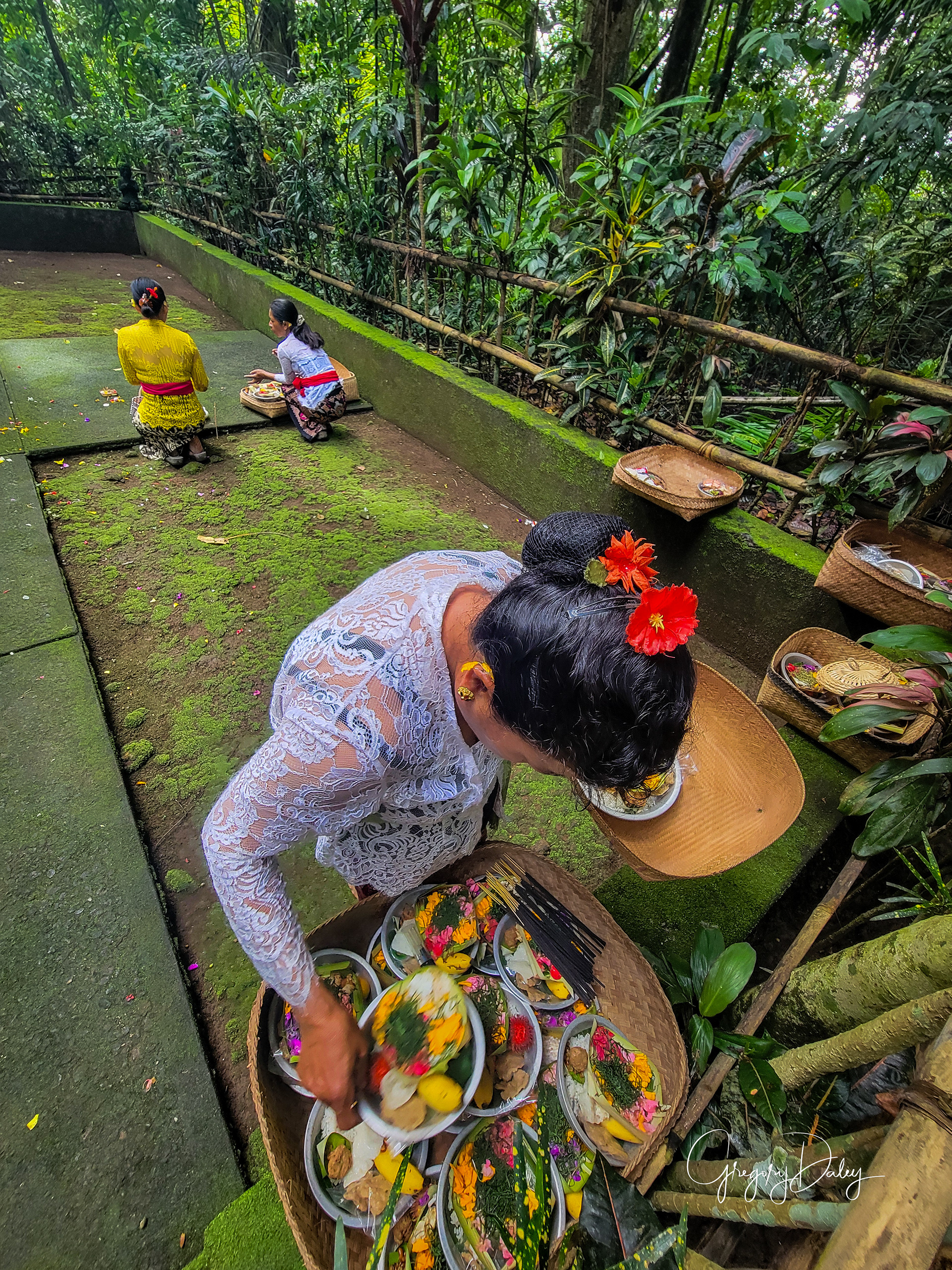
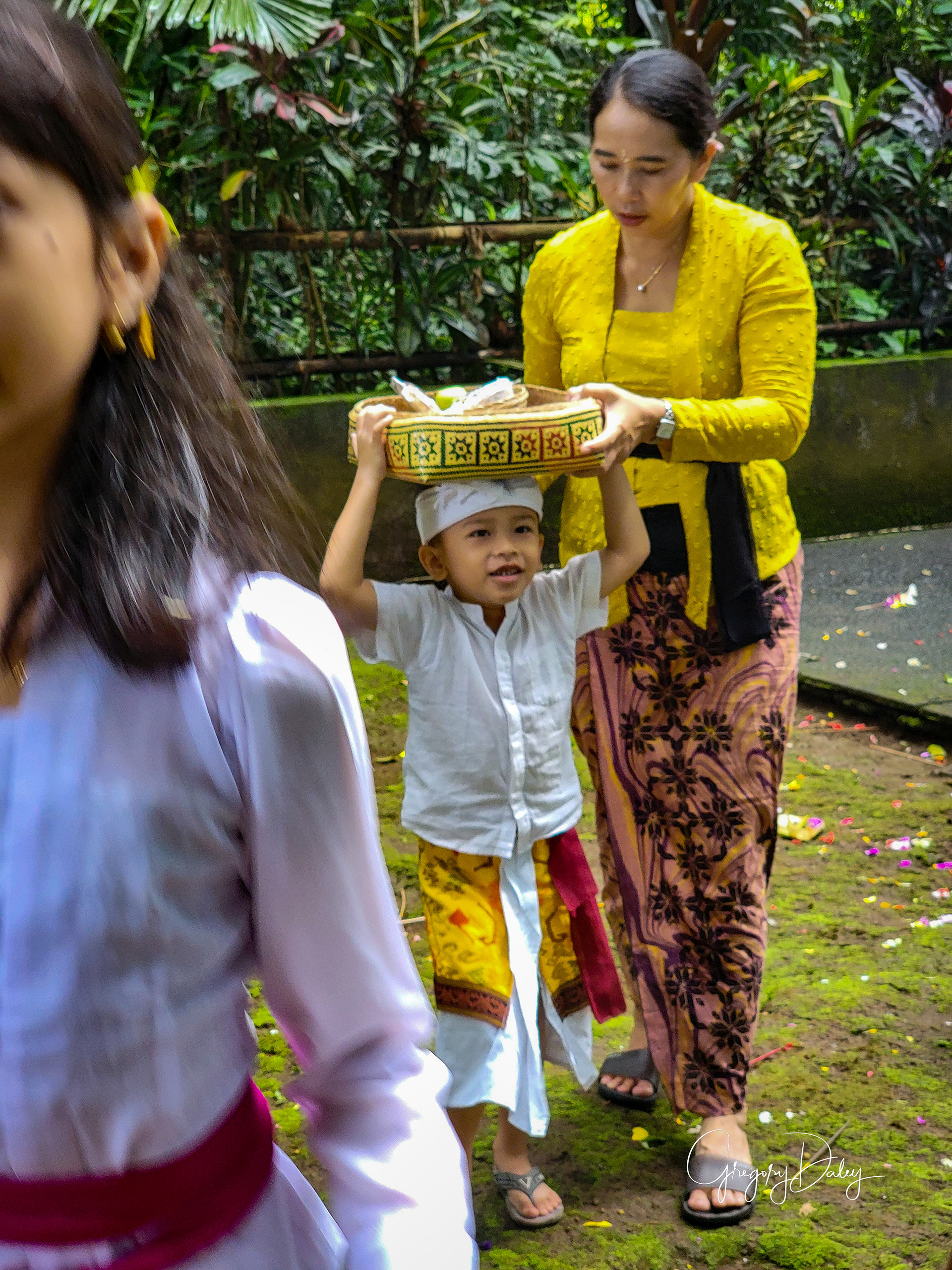
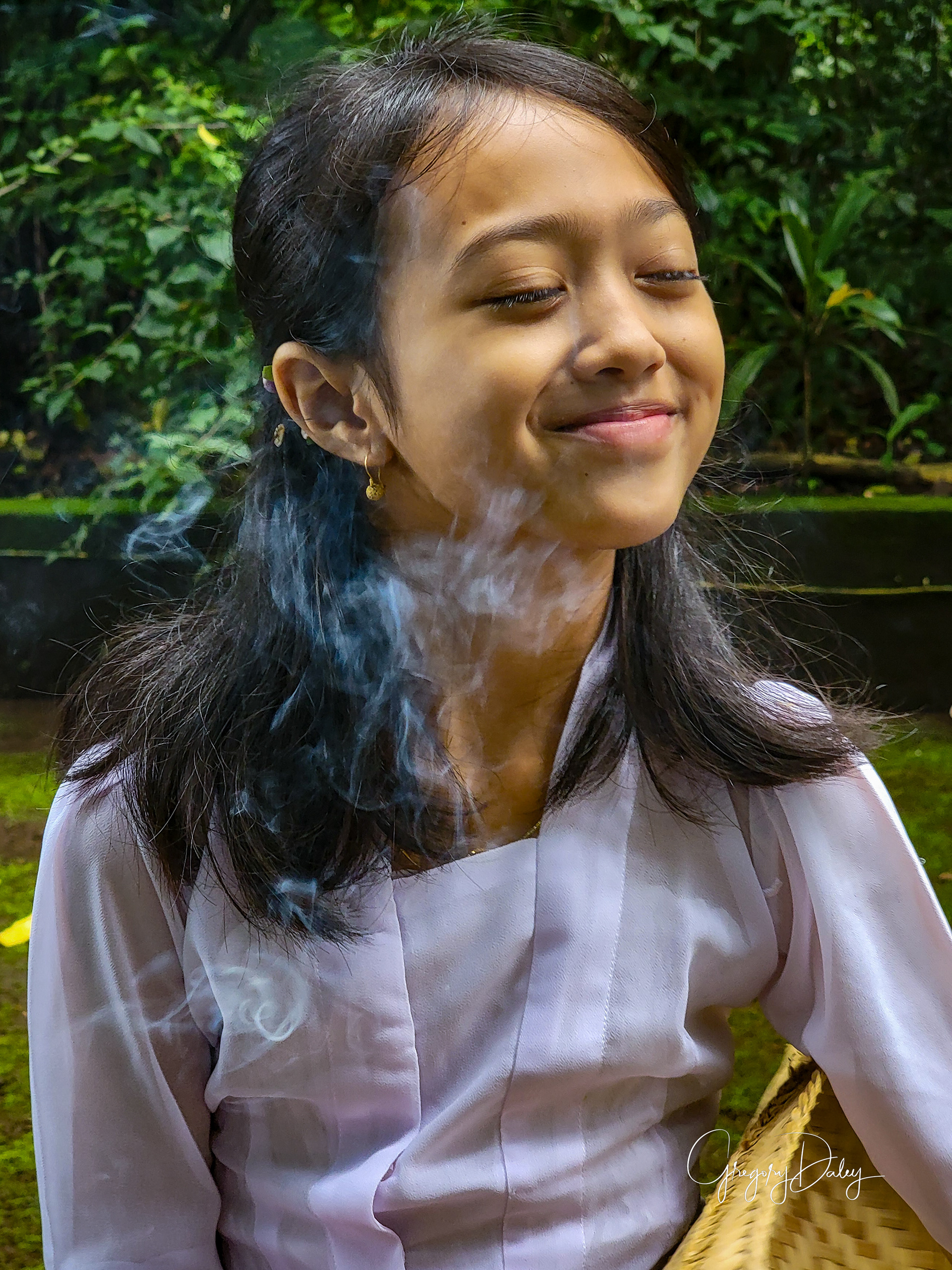
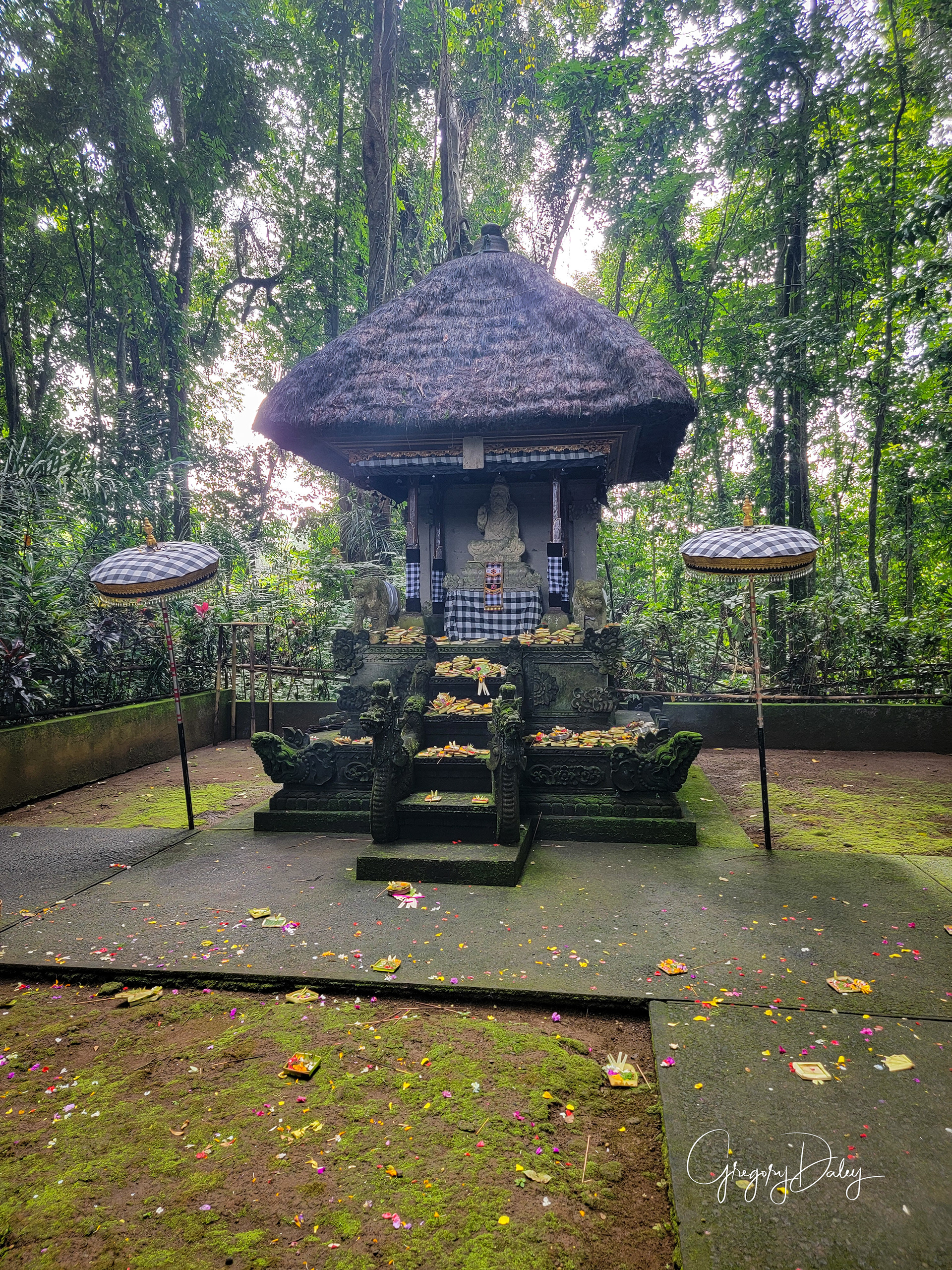
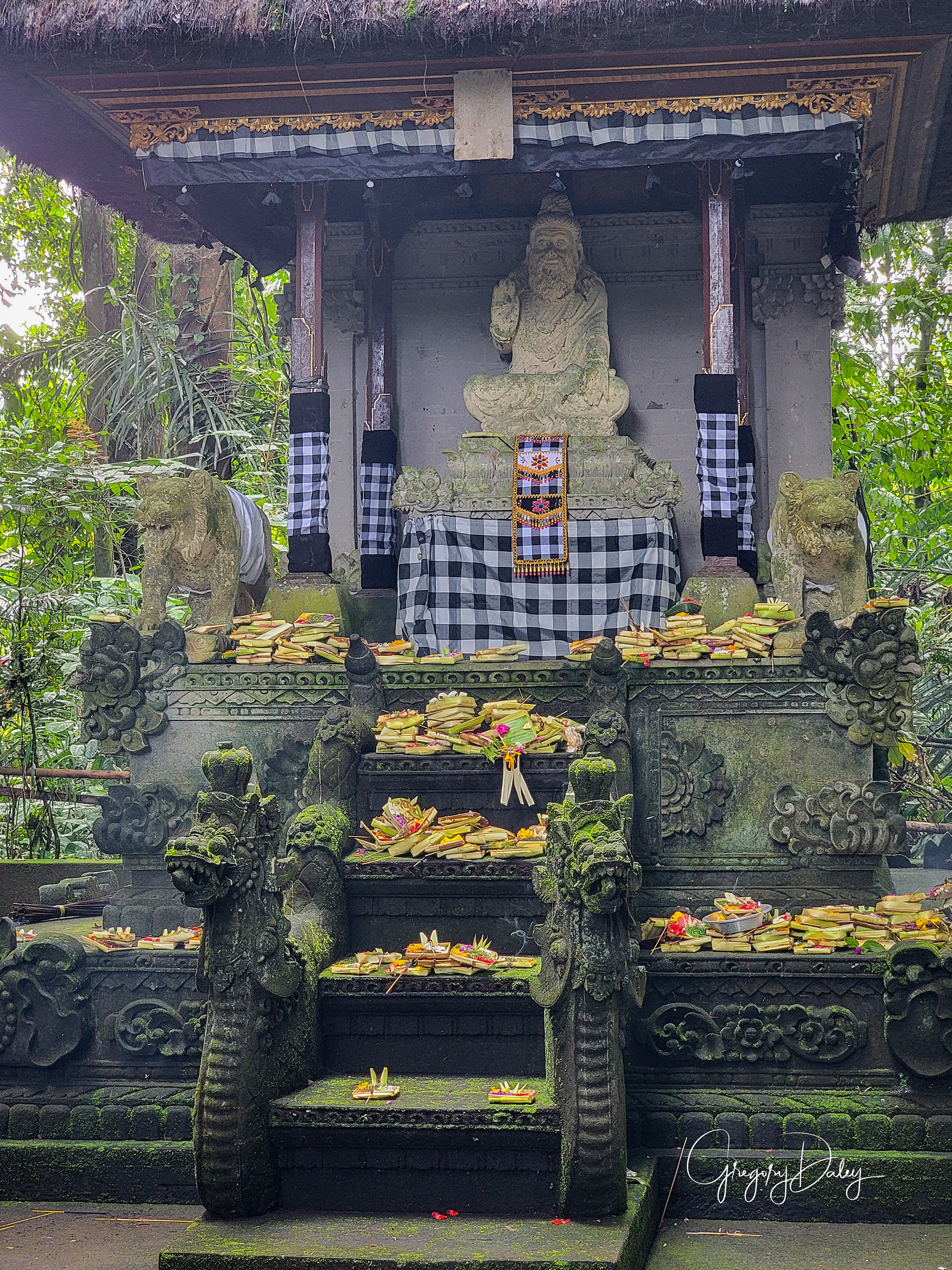
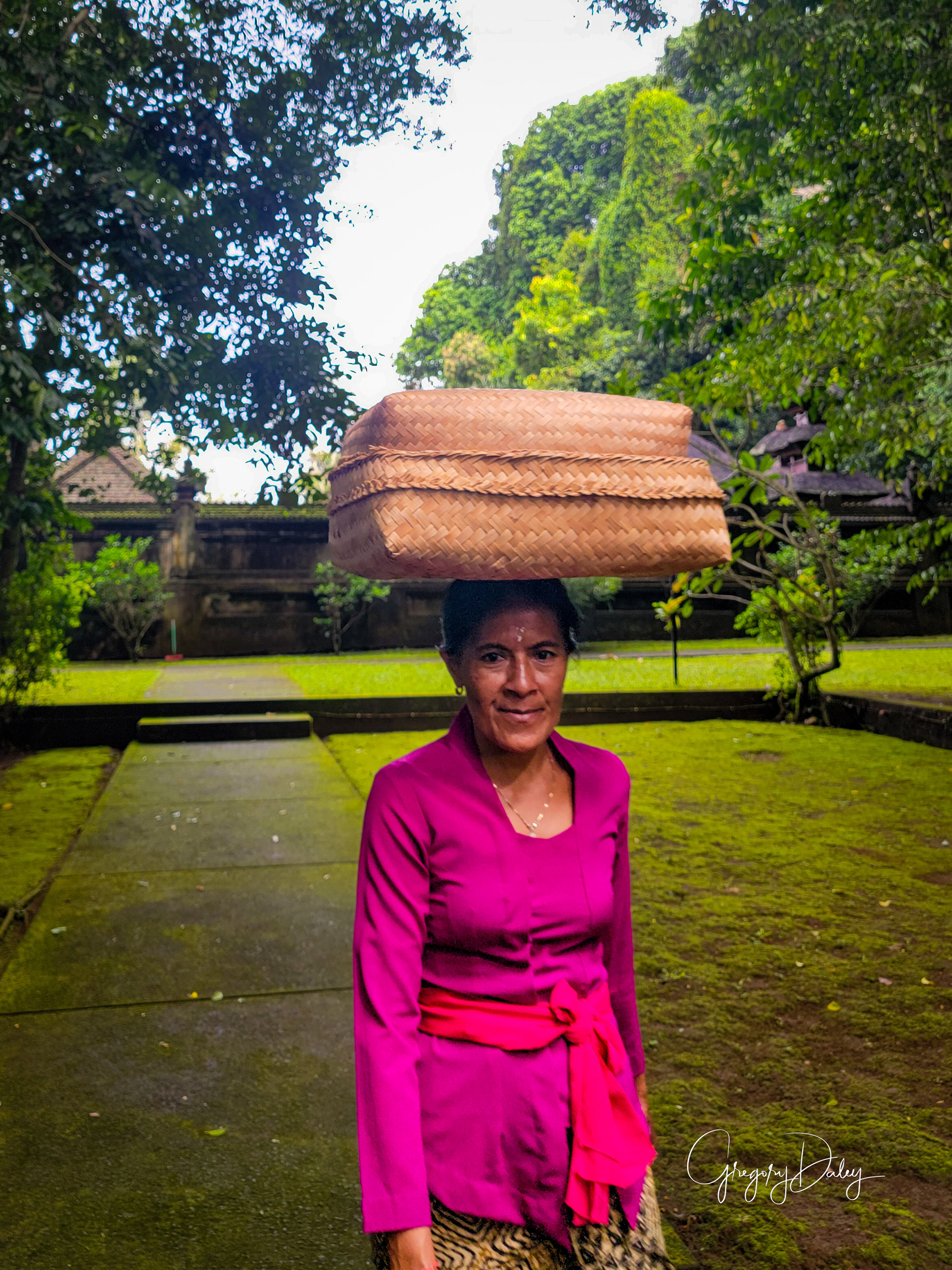
Penglipuran Village is one of the traditional villages located in Bangli Regency, Bali Province, Indonesia. Its society still preserves their traditional culture in their daily lives. The architecture of buildings and land processing still follows the concept of Tri Hita Karana, the philosophy of Balinese society regarding the balance of relations between God, humans and their environment. In 1995, Penglipuran village received a Kalpataru award from the Indonesian government for its efforts to protect the bamboo forest in their local ecosystem.
Penglipuran is one of the traditional villages from Bangli district and Bali province, Indonesia. The total area of this village reaches 112 hectares with an altitude of 500–600 meters above the sea and located about 5 kilometers from the Bangli City and 45 kilometers from the Denpasar City.
Penglipuran Village is believed to be inhabited during the reign of I Dewa Gede Putu Tangkeban III. Almost all of the villagers believe that they are from Bayung Gede Village. In that time, the people of Bayung Gede were people who were experts in religious, custom and defense activities. Because of their abilities, they are often called to the Bangli Kingdom. But because of the distance, the Bangli kingdom finally provided a temporary area for the people of Bayung Gede to rest. This place is often referred to as a Kubu Bayung. Kubu means "camp" and "bayung" means people from Bayung Gede village. This place is then believed to be the village they live in now. They also believe that this is the reason that explains the similarity of traditional rules and building structure between Penglipuran village and Bayung Gede village.
Regarding the origin of the word Panglipuran Village, there are two different perceptions that are believed by the community. The first is Penglipuran means "pengeling pura" with "Pengeling" means to remember and "temple" means ancestral place. The second perception says that penglipura comes from the word "pelipur" which means comfort and "lipur" which means unhappiness. So if combined, penglipuran means a place for consolation. This perception arises because the Bangli king is said to often visit this village to meditate.
Based on records from Kelihan Dinas (officials below lurah that specifically handling government administration) in 2002, up until July there were 832 people living in Penglipuran Village. The 832 individuals consisted of 425 men and 407 women with 197 head of family. The families are divided by their status which is 76 head of families with Pangayah / Karma Pangarep status (permanent members with customary rights and obligations) and 121 heads of families with Pangayah/Krama Roban status (temporary member referred to as the responsibility of one of Pangayah Pangarep).
In 2002, 426 people from Penglipuran Village completed their elementary education, while 91 people had an education level up to junior high school. 156 people completed high school and 68 people managed to complete the highest level of education which is University. Most of Penglipuran Village people choose farming as their job, followed by becoming a private employee.
Marriage and the family lineage is seen as something that very important for people of Penglipuran Village. The majority of people in Penglipuran Village married the people from their own village too in order to preserve the family lineage. Therefore, most of the population is still bound by blood relations with each other. If there is a man from Penglipuran Village who marries a woman from another clan/family outside of Penglipuran Village, then he still has to carry out his obligation as a member of the Penglipuran Village society.
One of the main components of almost the entire building in desa Penglipuran is bamboo. They use 4-5 layers of bamboo that are linked to each other to build roofs and weave bamboo to make room dividing walls. But lately they has begun to use modern construction because of the large amount of bamboo cut. One Pekarangan unit can be entered through two sides with the main door shaped like a gate and called "angkul-angkul". One of the other important buildings in this village is Bale Banjar. This building does not have walls and is shared by residents for mass Ngaben ceremonies or community meetings.
Awig-Awig
To achieve mutual harmony in the community, residents of the Penglipuran Village have two types of laws that they obey and follow, named Awig (written rules) and Drestha (unwritten customs).[4]
To achieve mutual harmony in the community, residents of the Penglipuran Village have two types of laws that they obey and follow, named Awig (written rules) and Drestha (unwritten customs).[4]
Monogamy
For the people of Penglipuran Village, polygamy or having more than one wife is prohibited and considered taboo. If a person has more than one wife, he and his wives must move from Karang Kerti to Karang Memandu (outer part of the village). His rights and obligation as part of Penglipuran Village society are also revoked. After the person has moved, the villagers will build a house for them to live on but they will not be able to pass through public roads or enter the temple nor attend the traditional activities.[1]
For the people of Penglipuran Village, polygamy or having more than one wife is prohibited and considered taboo. If a person has more than one wife, he and his wives must move from Karang Kerti to Karang Memandu (outer part of the village). His rights and obligation as part of Penglipuran Village society are also revoked. After the person has moved, the villagers will build a house for them to live on but they will not be able to pass through public roads or enter the temple nor attend the traditional activities.[1]
Worship at Given Temple
Not all temple can be visited by everyone to worship except the main temple which is Pura Besakih. Therefore, Hindus of Bali have temples that they worship and go to. These temples are distinguished by their respective families, including the Penglipuran Traditional Village.[1]
Not all temple can be visited by everyone to worship except the main temple which is Pura Besakih. Therefore, Hindus of Bali have temples that they worship and go to. These temples are distinguished by their respective families, including the Penglipuran Traditional Village.[1]
In each family home yard there is a Sanggah or a small temple intended for the ancestors of the family.[1]
Bamboo in Penglipuran Village
Bamboo from the Penglipuran Village is one of the best bamboo that can be found in Bali. The Penglipuran Village society believe that the bamboo forest does not grow by itself but rather planted by their ancestors. Therefore bamboo is considered a symbol of their historical roots.
Bamboo from the Penglipuran Village is one of the best bamboo that can be found in Bali. The Penglipuran Village society believe that the bamboo forest does not grow by itself but rather planted by their ancestors. Therefore bamboo is considered a symbol of their historical roots.